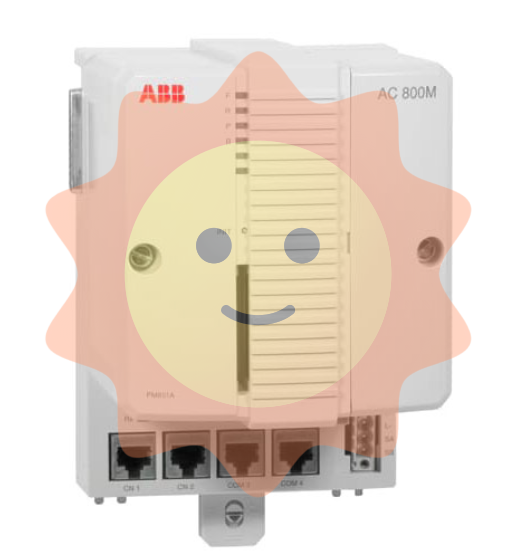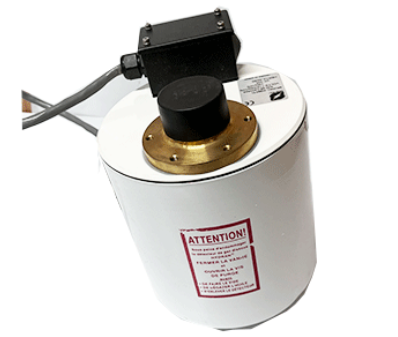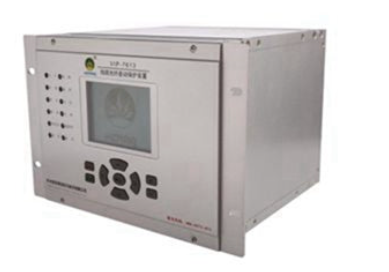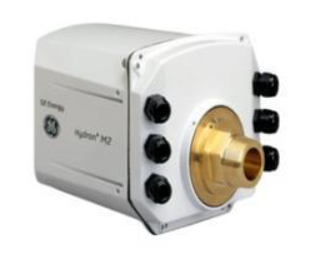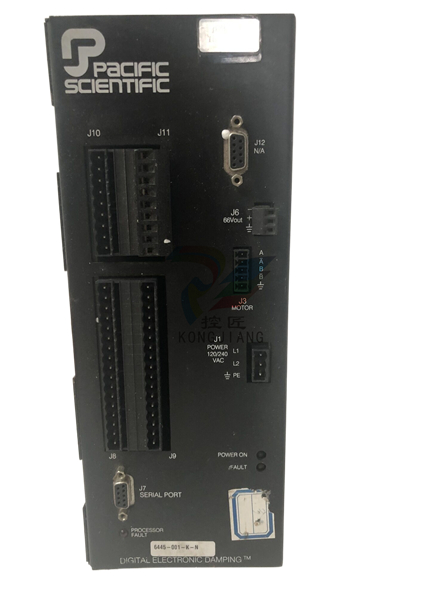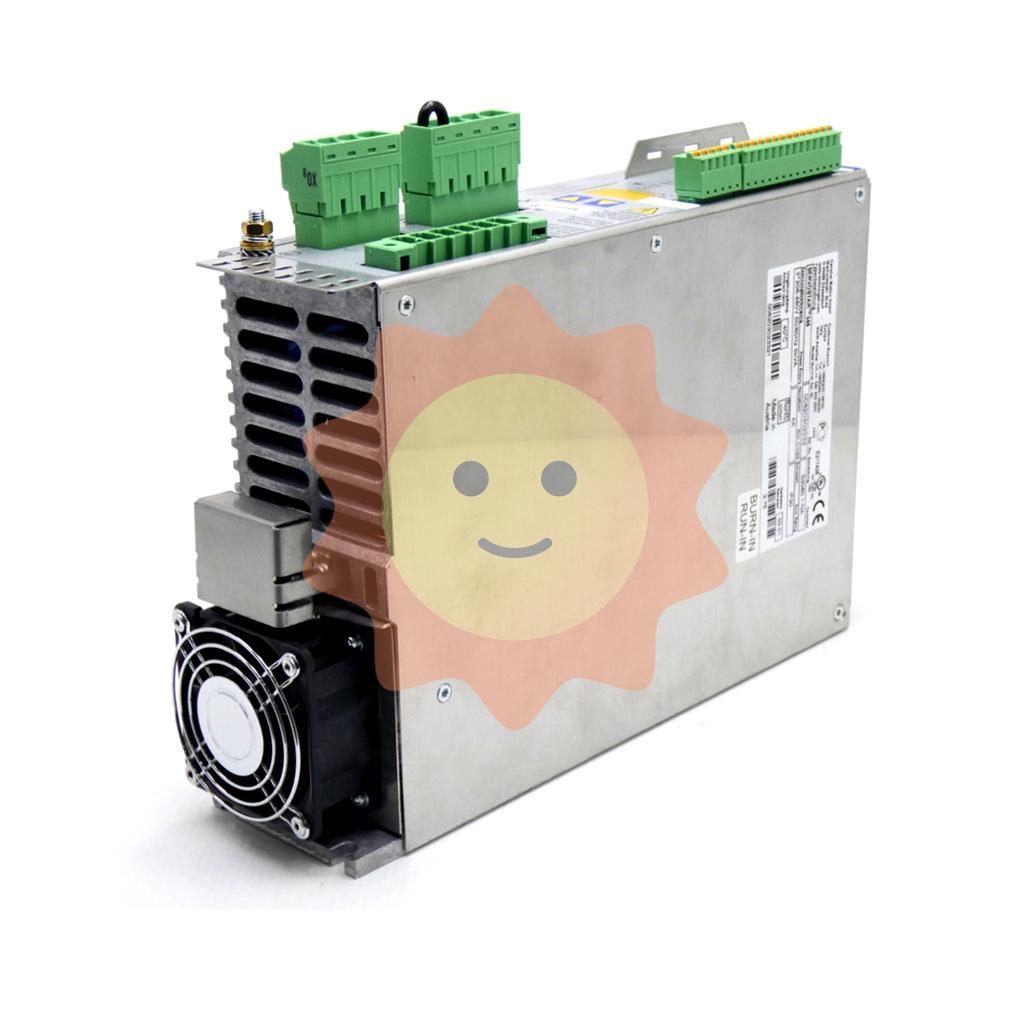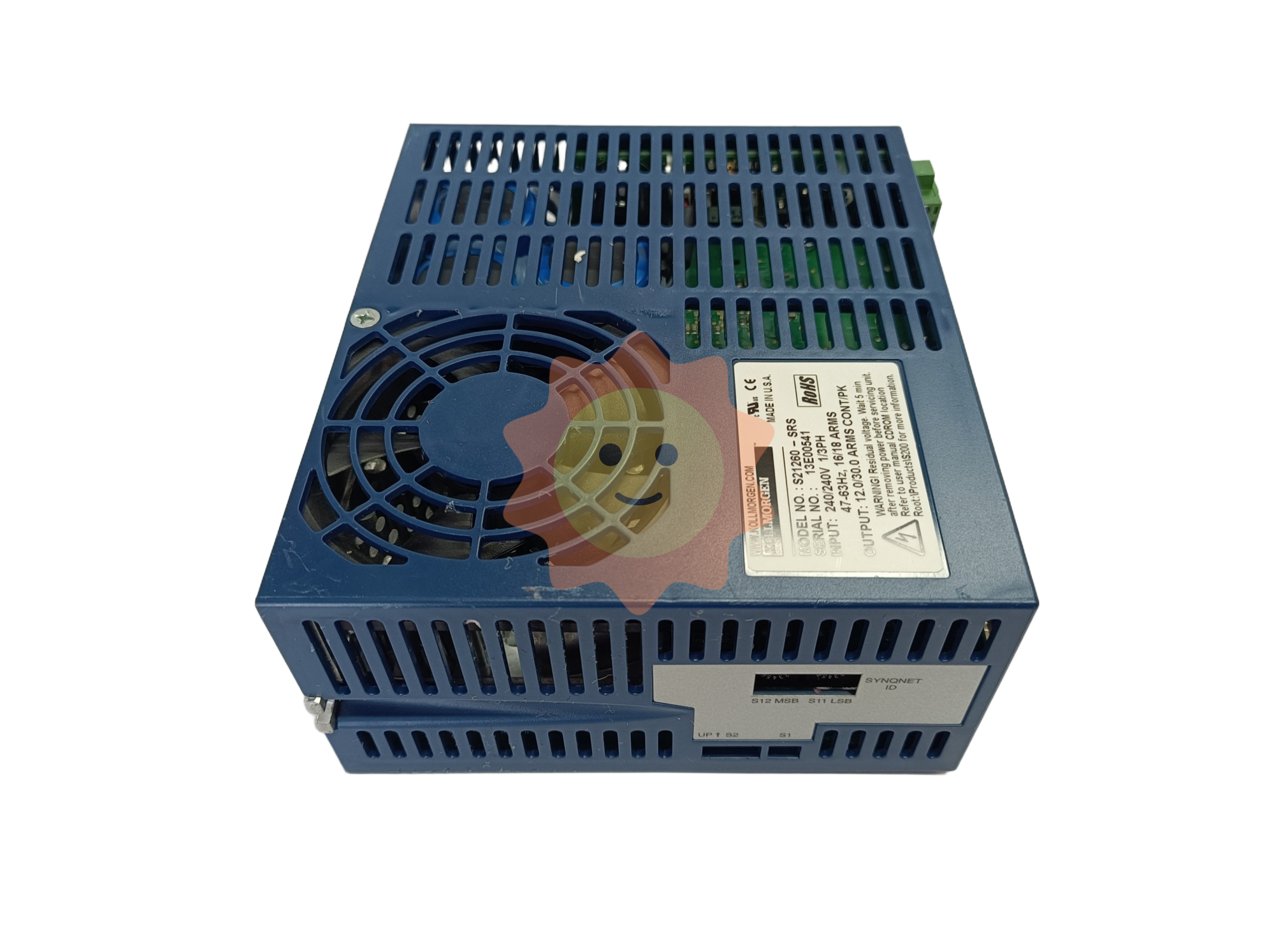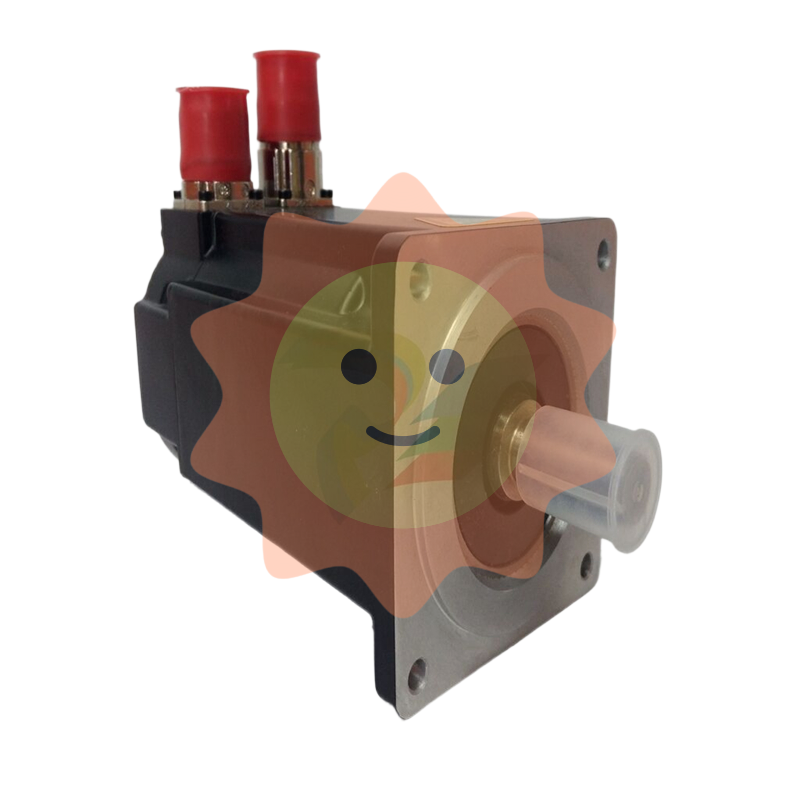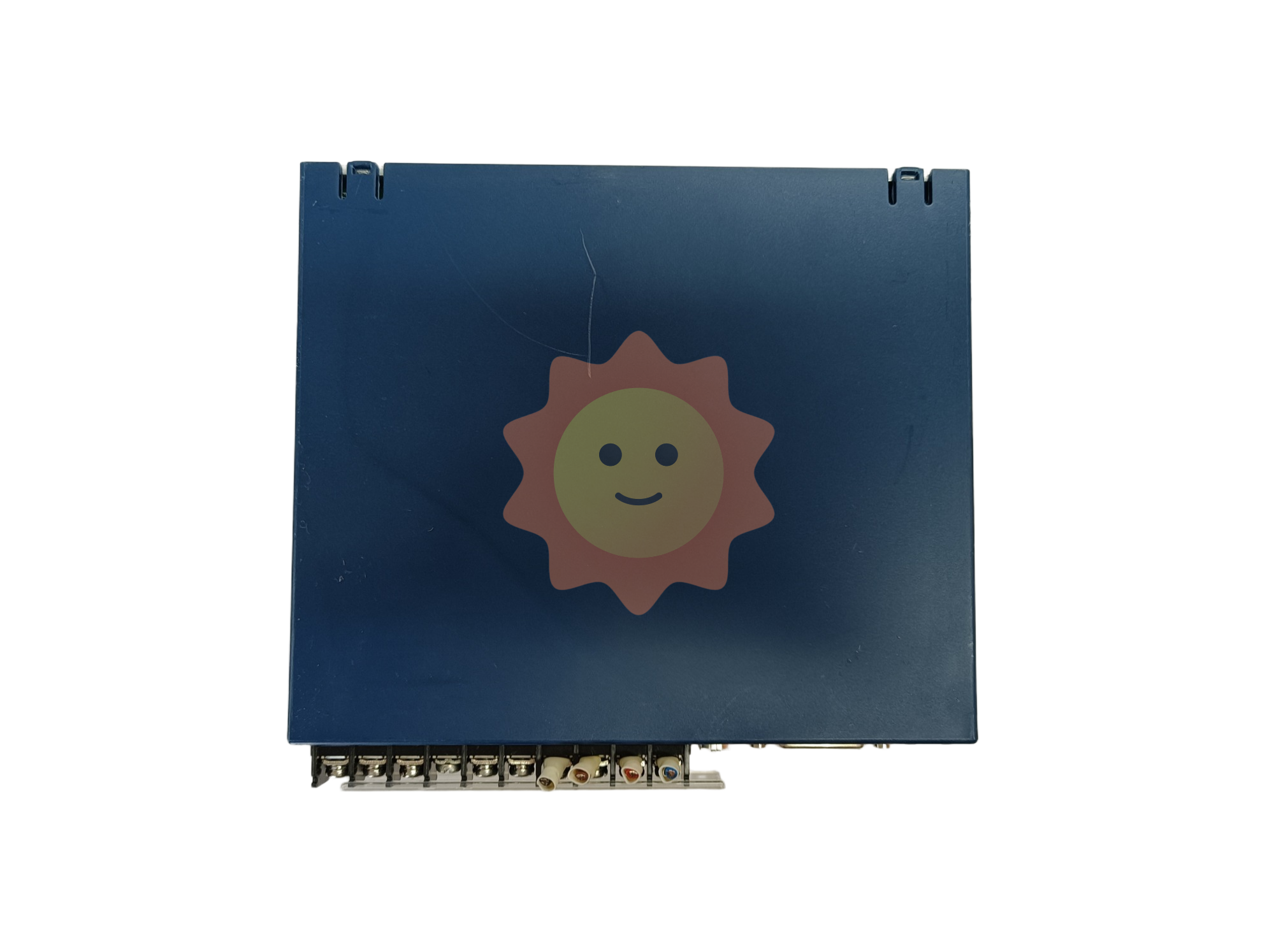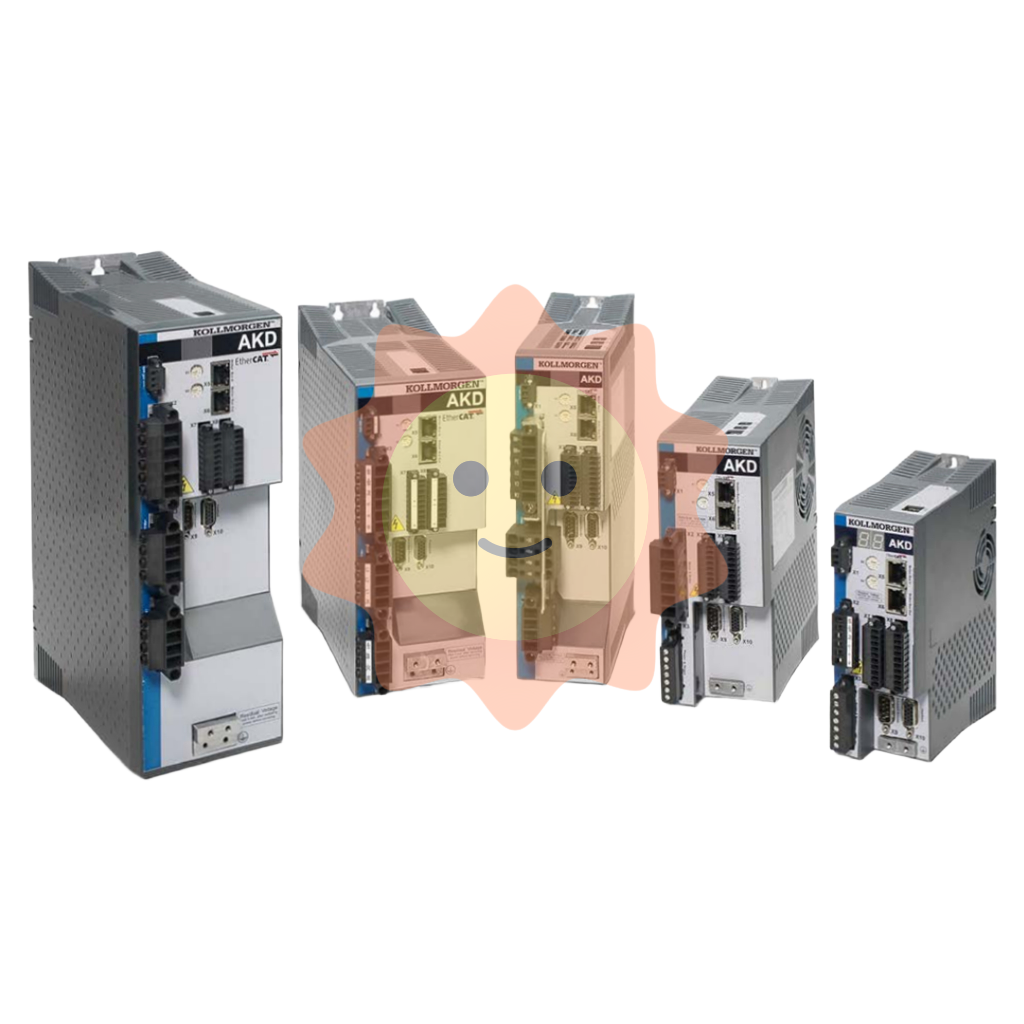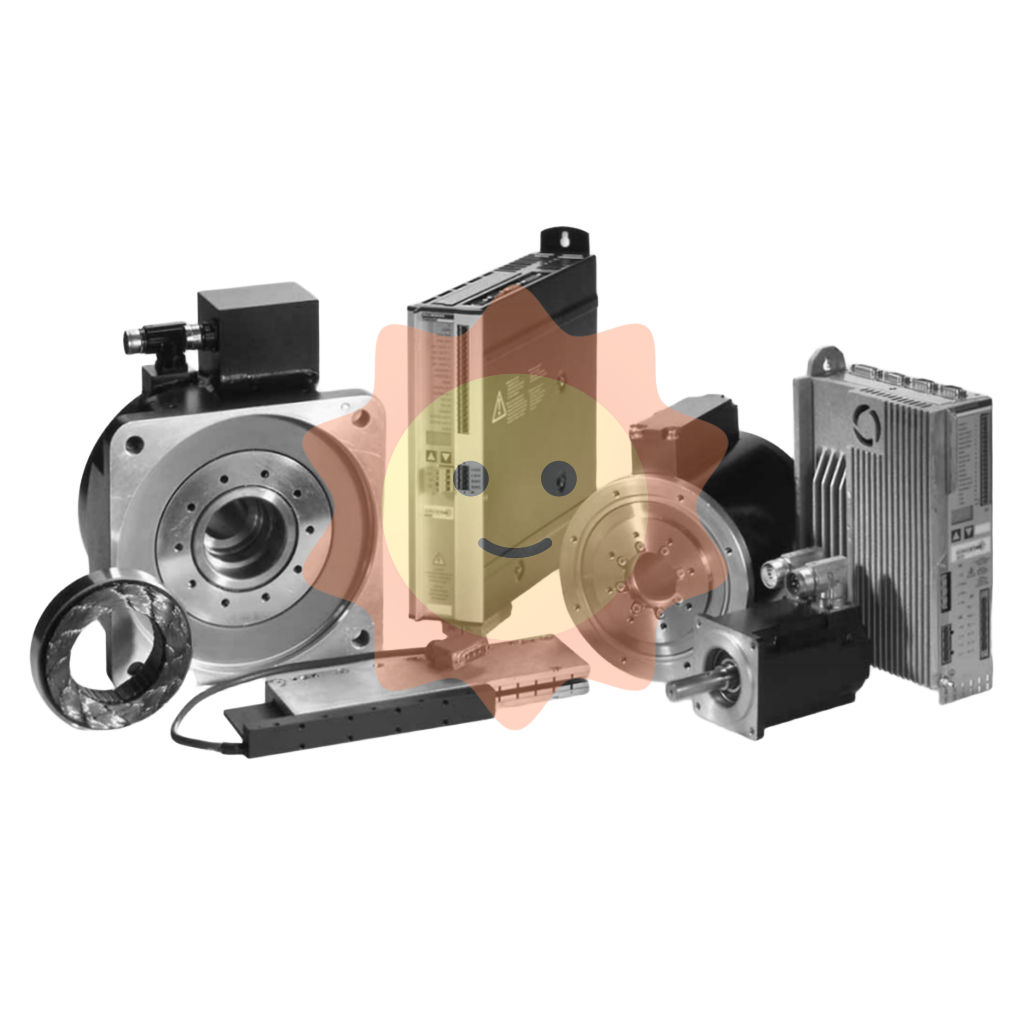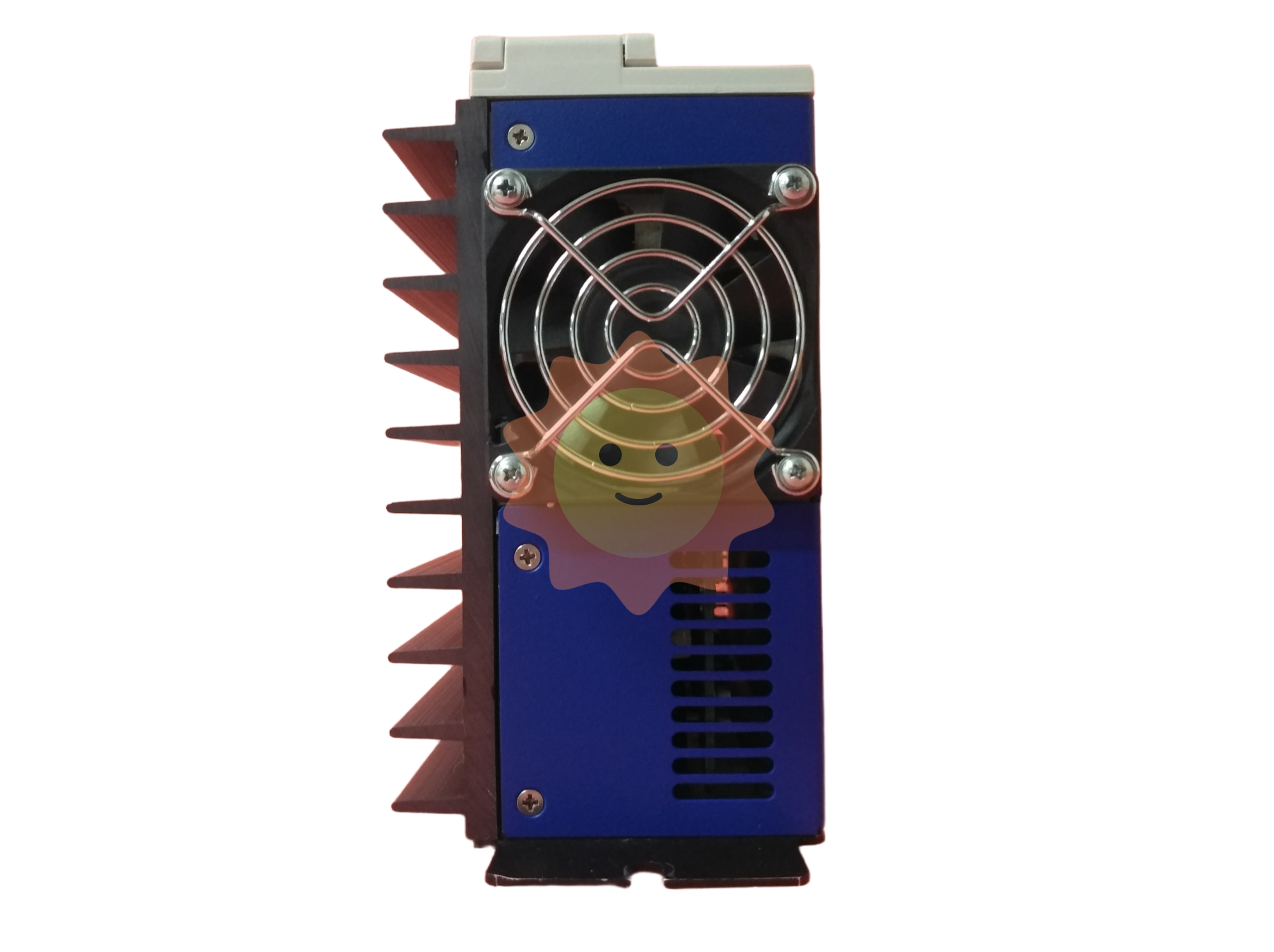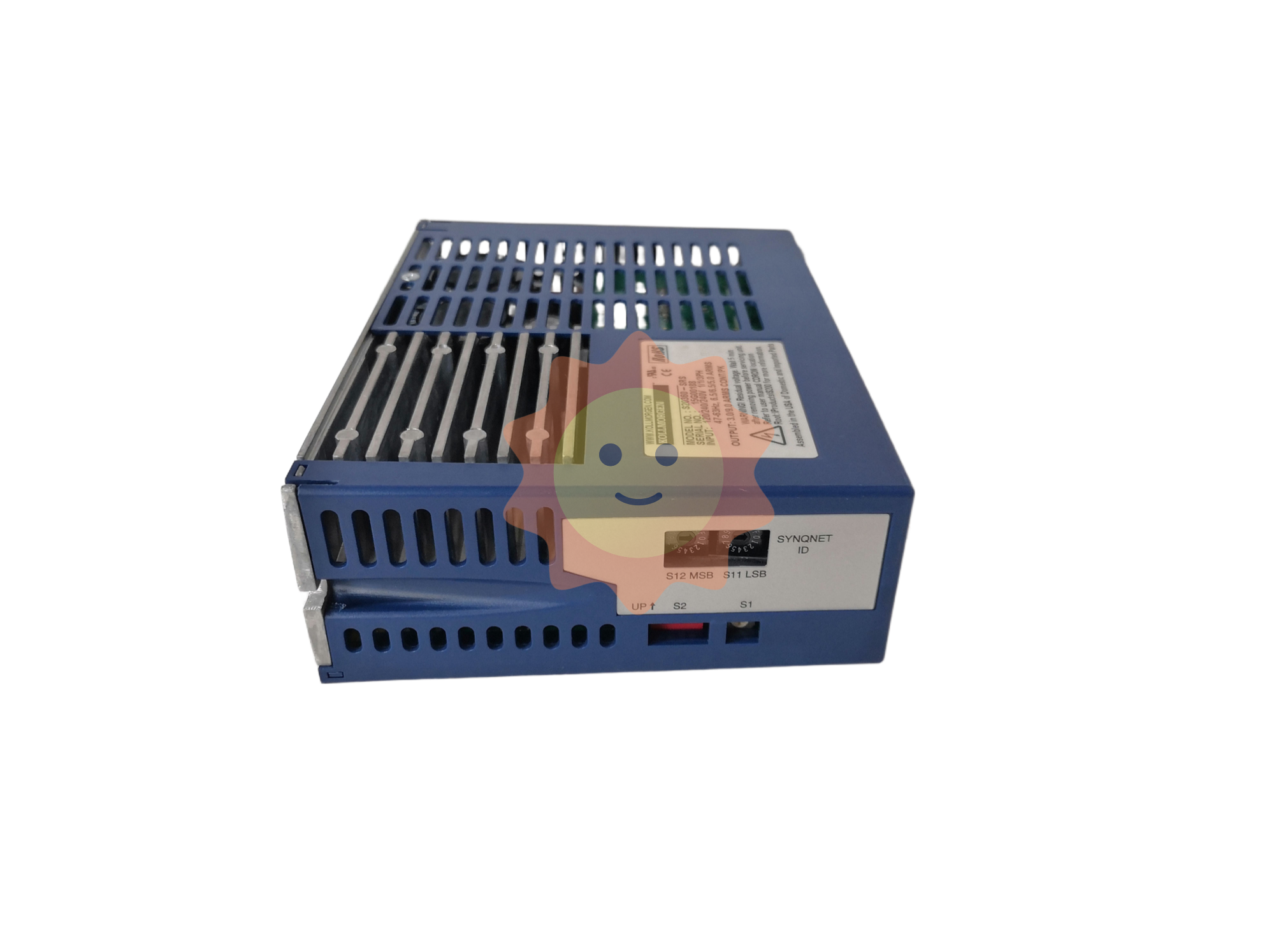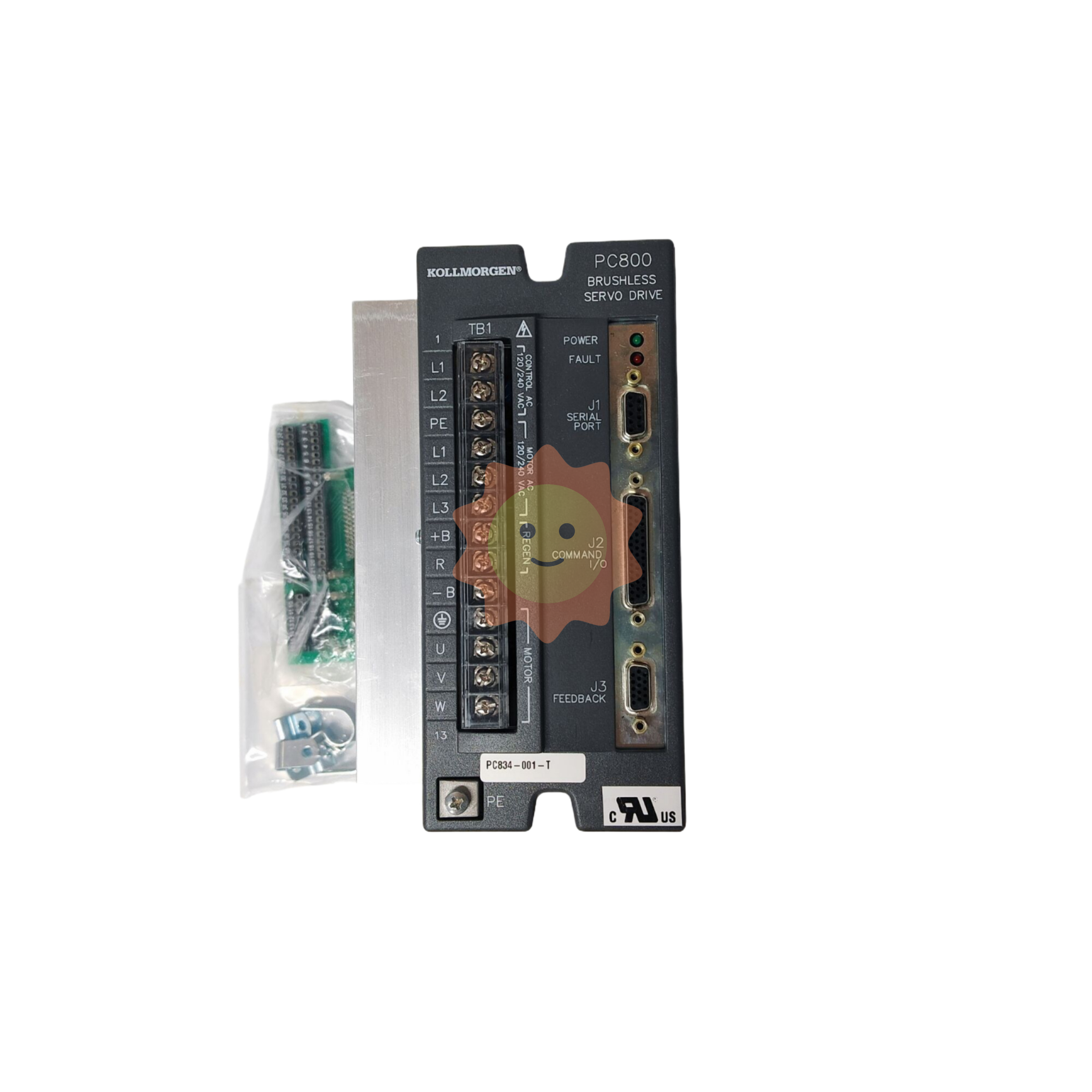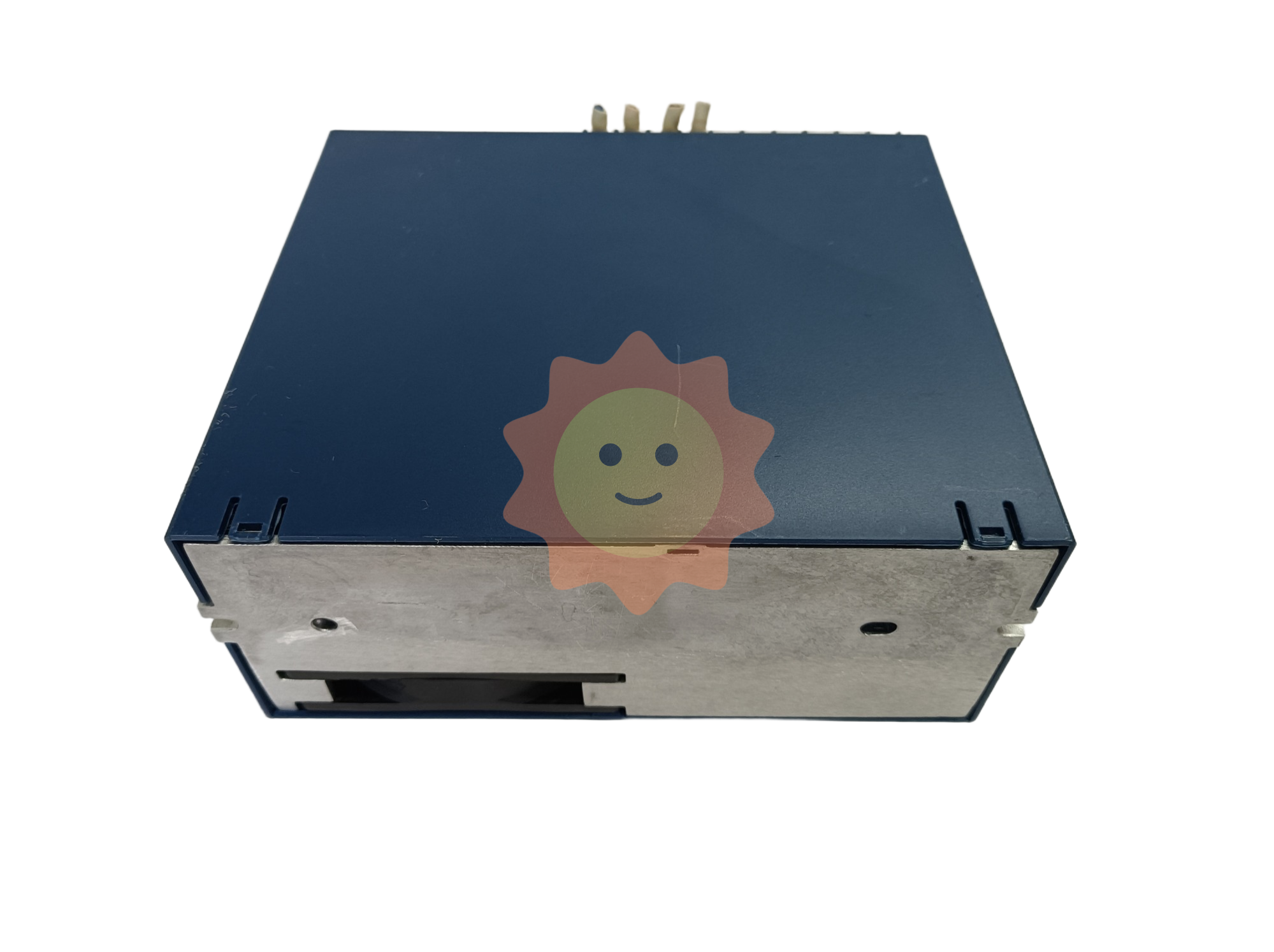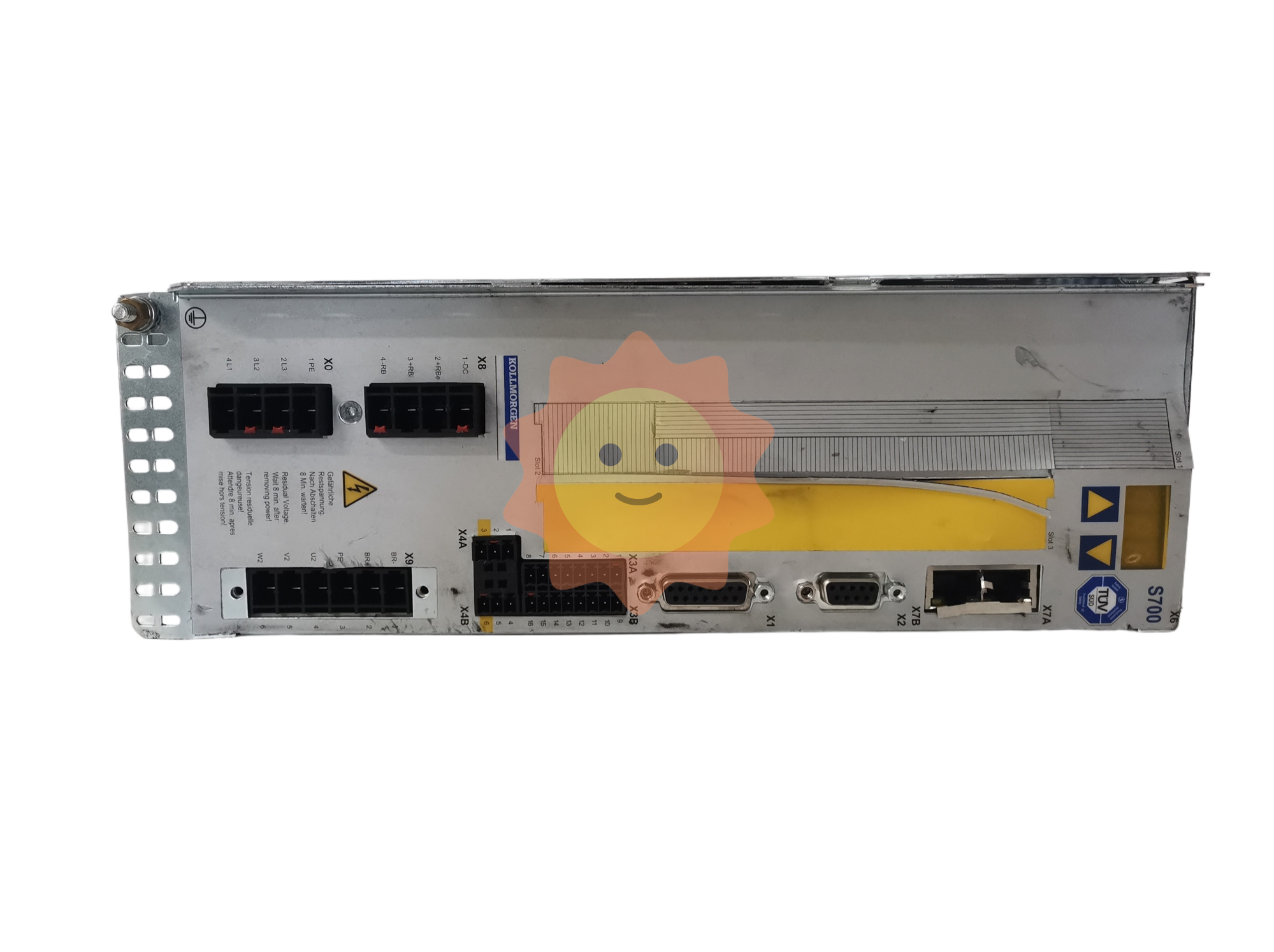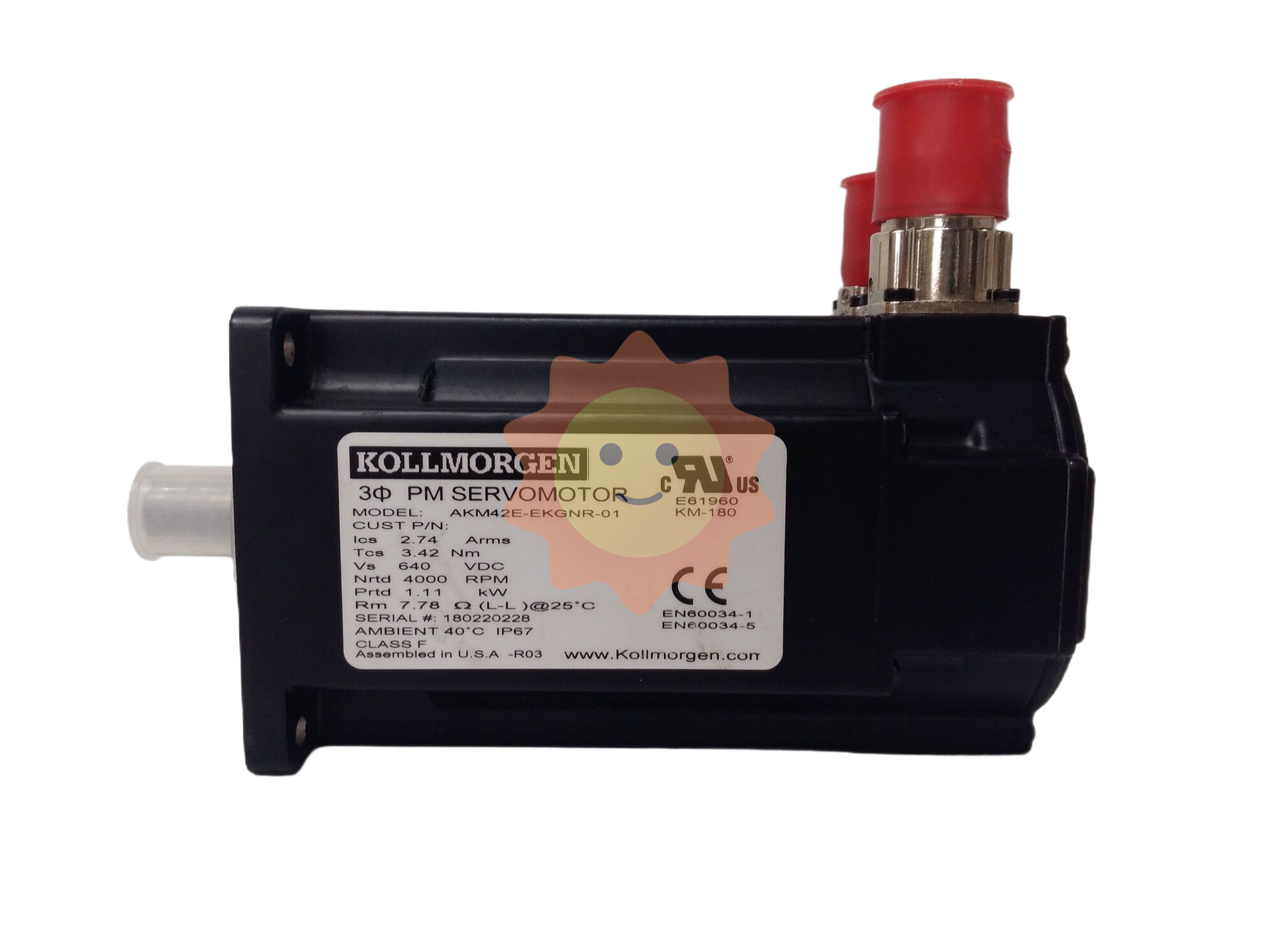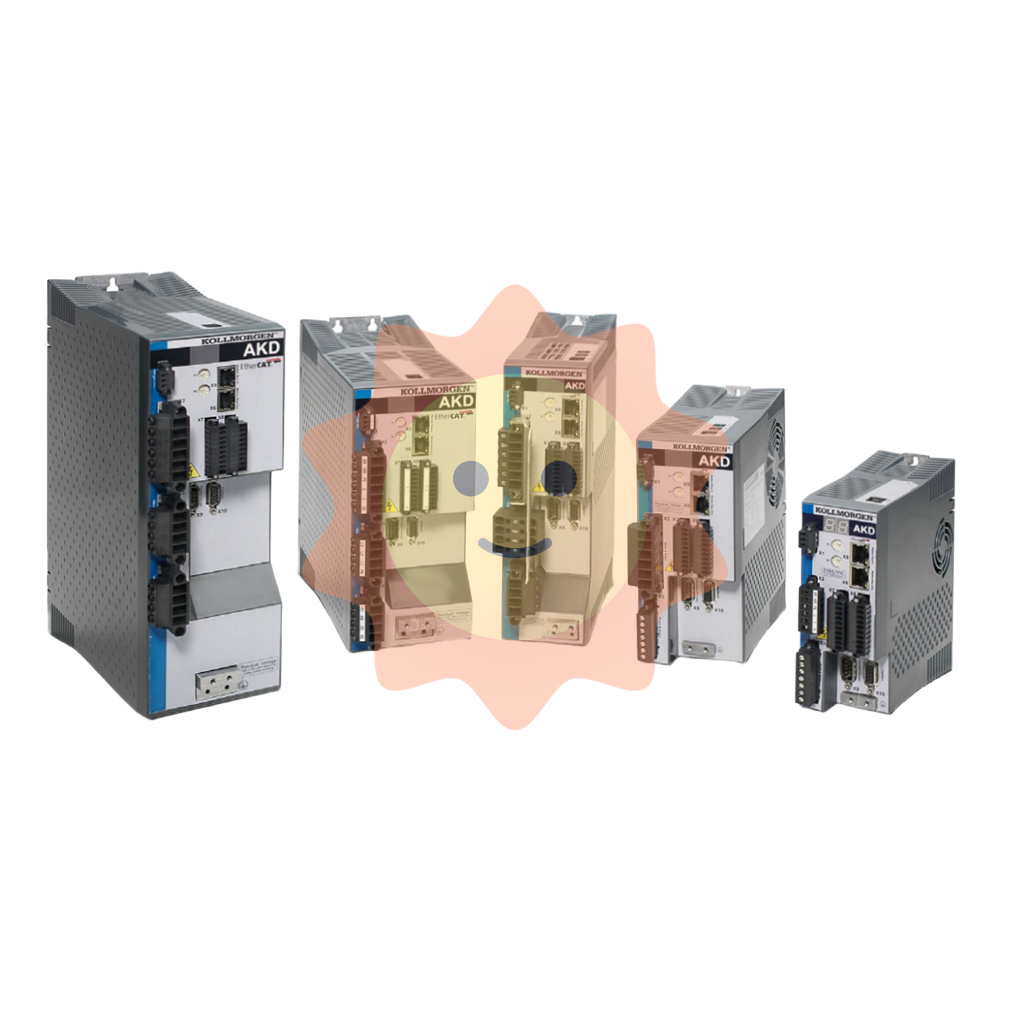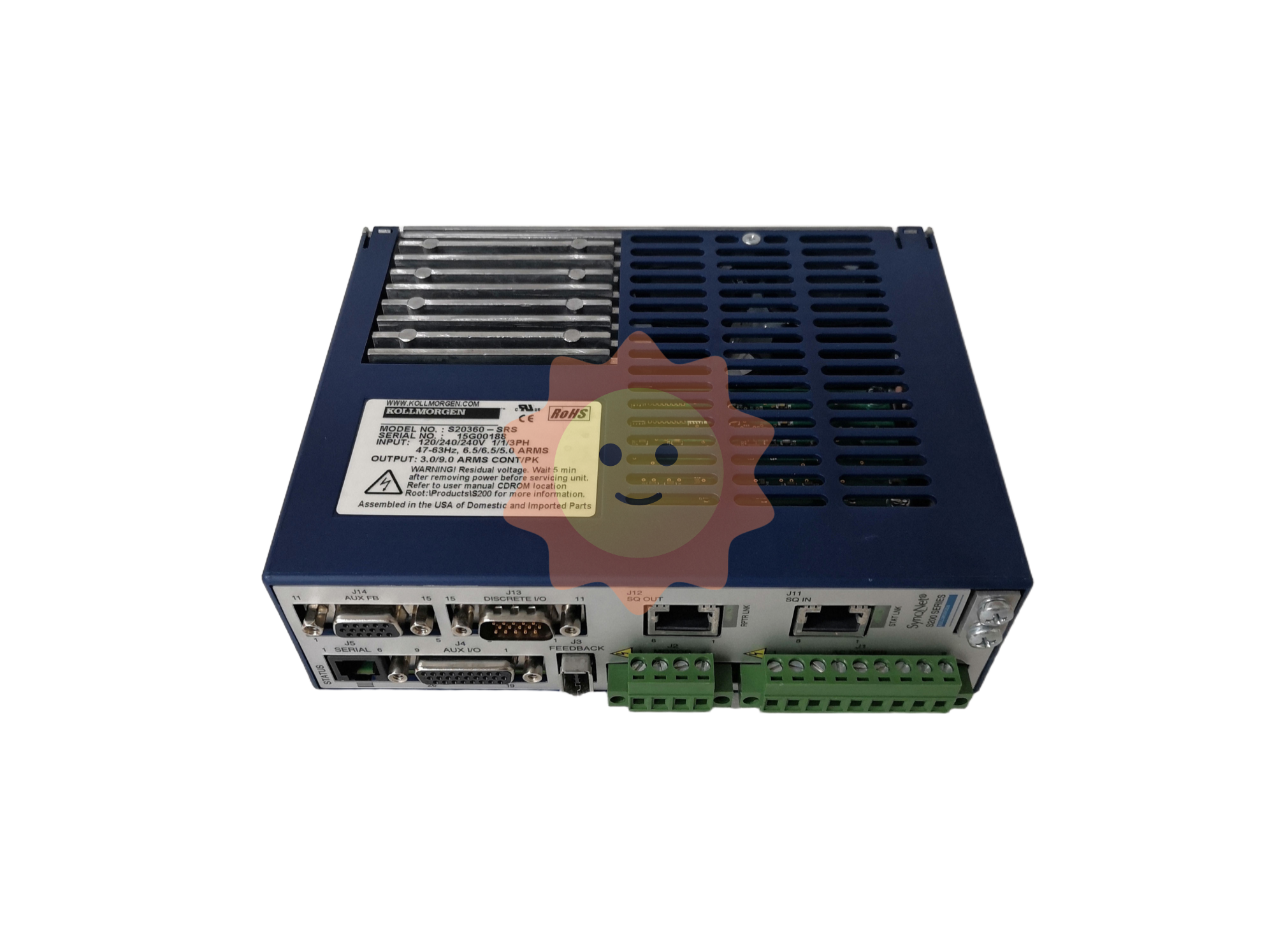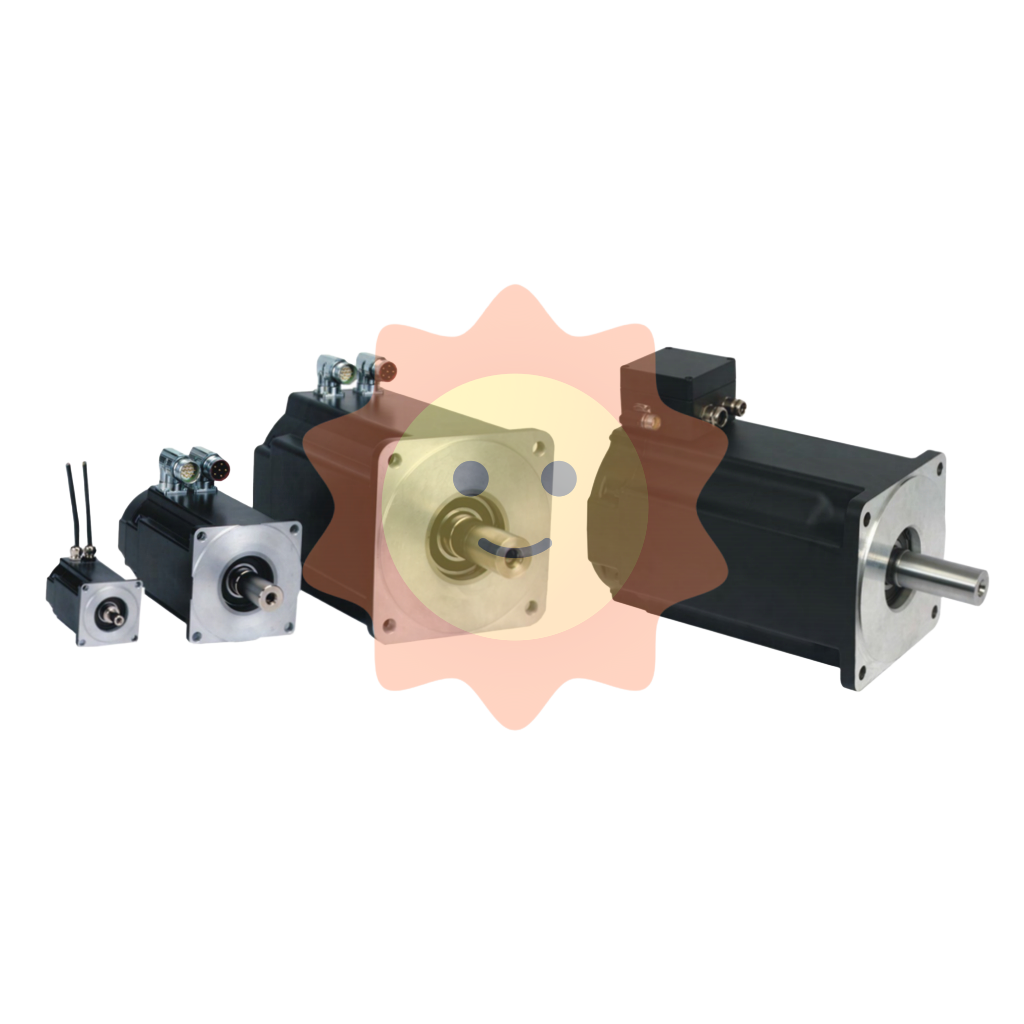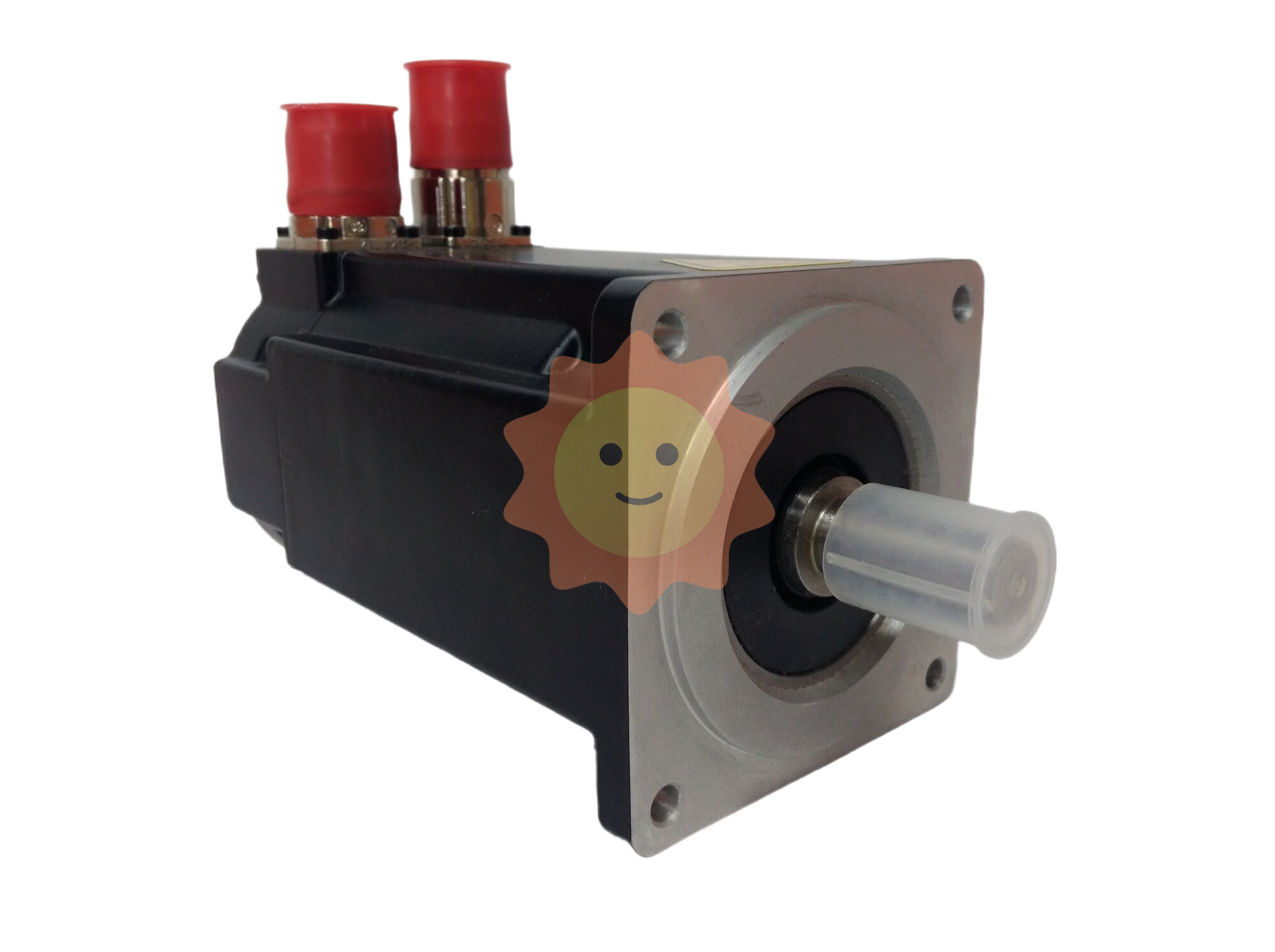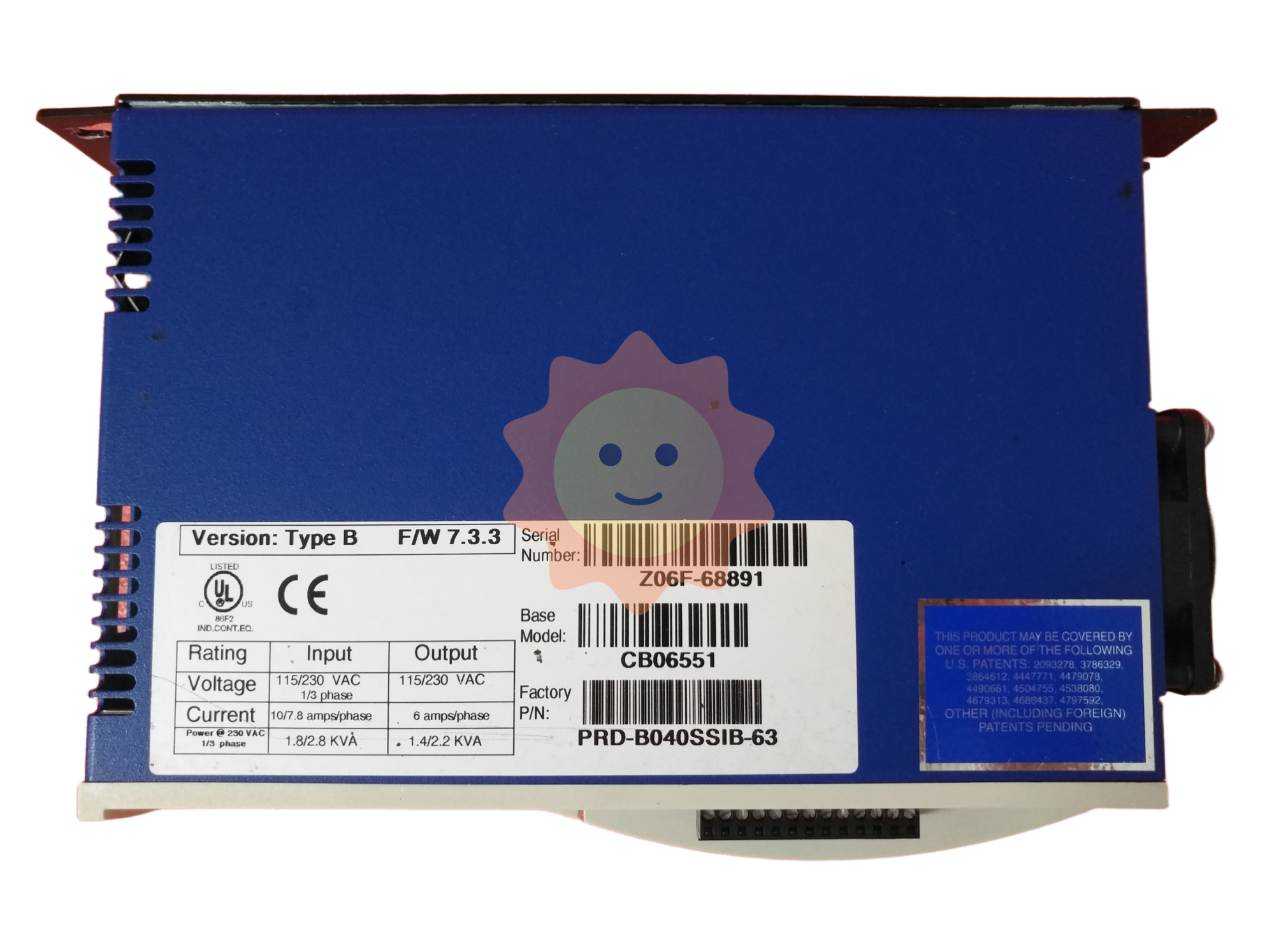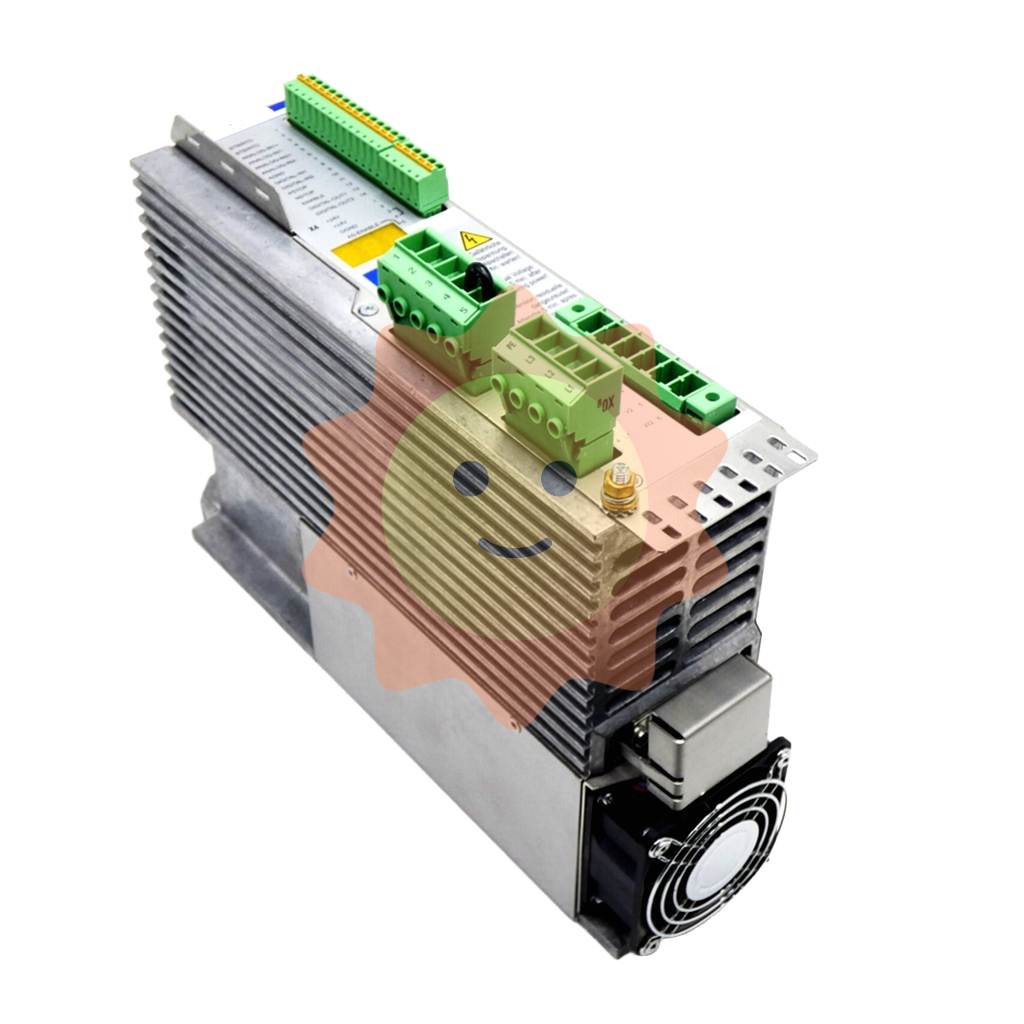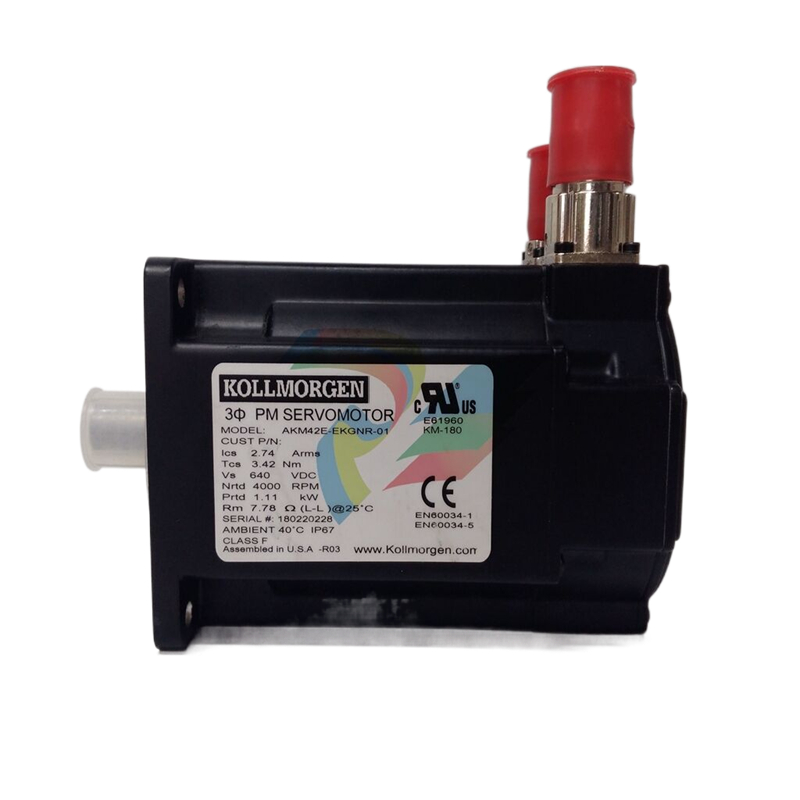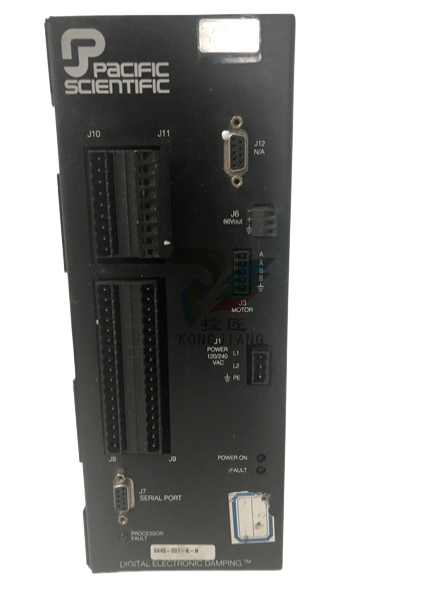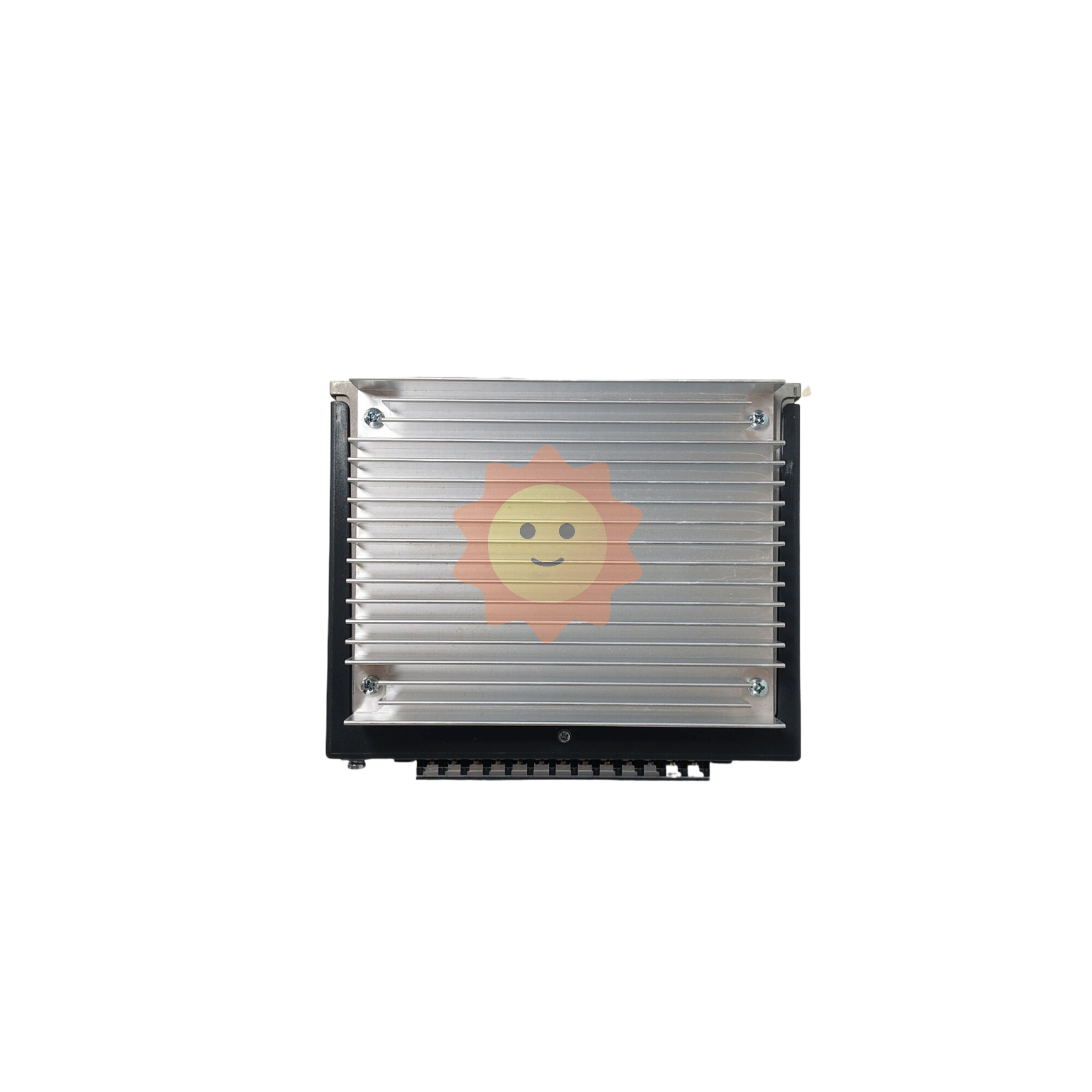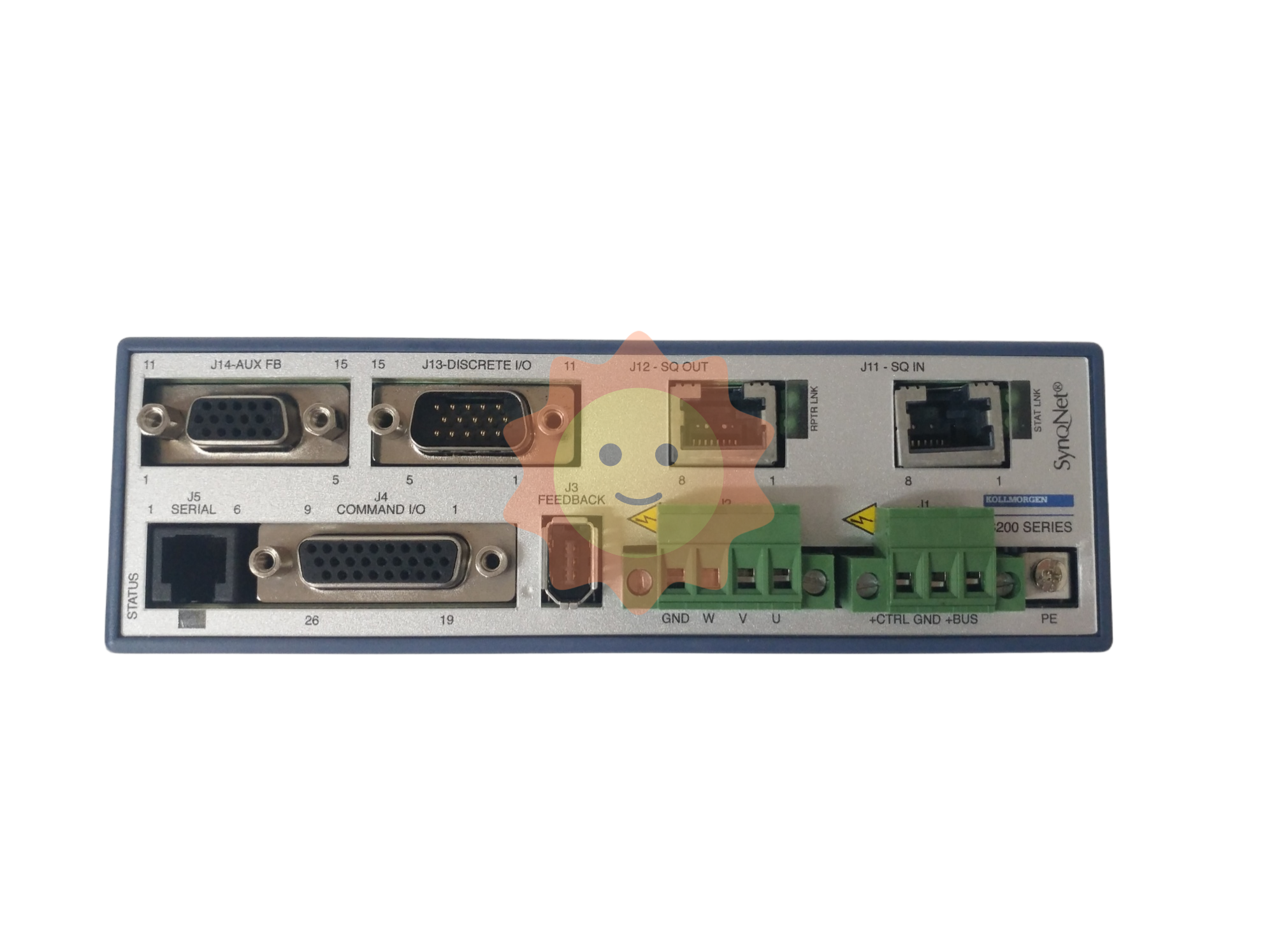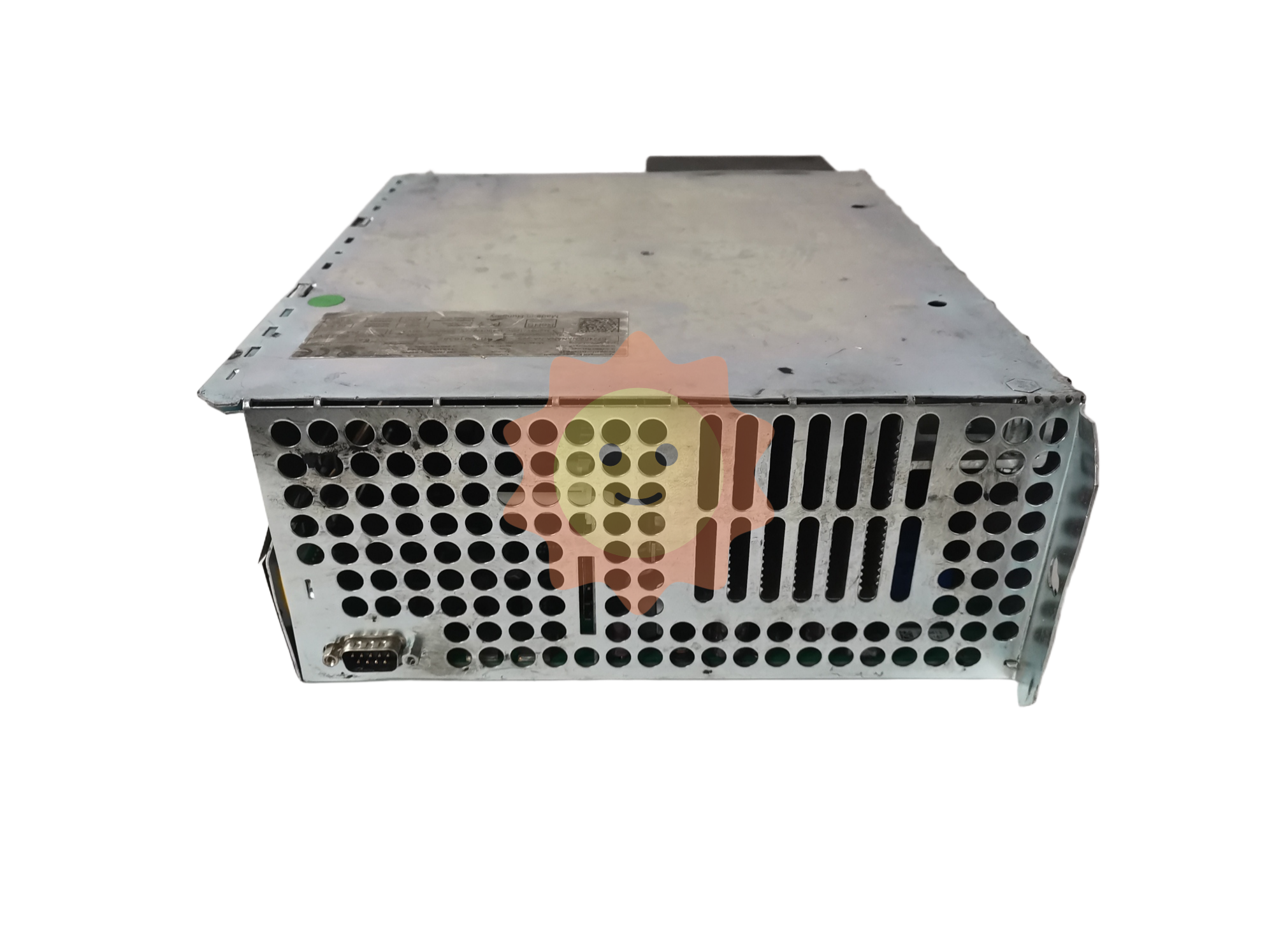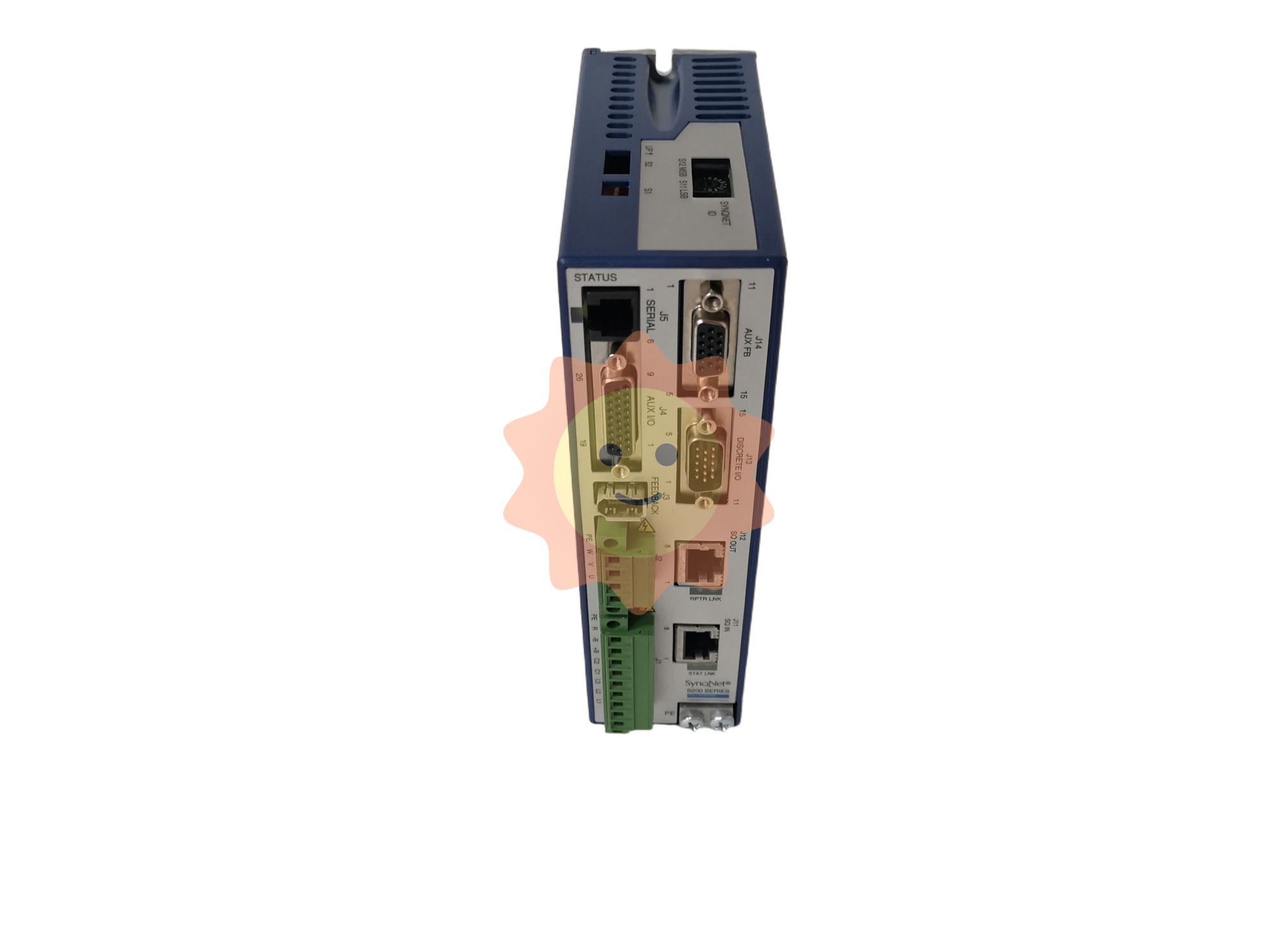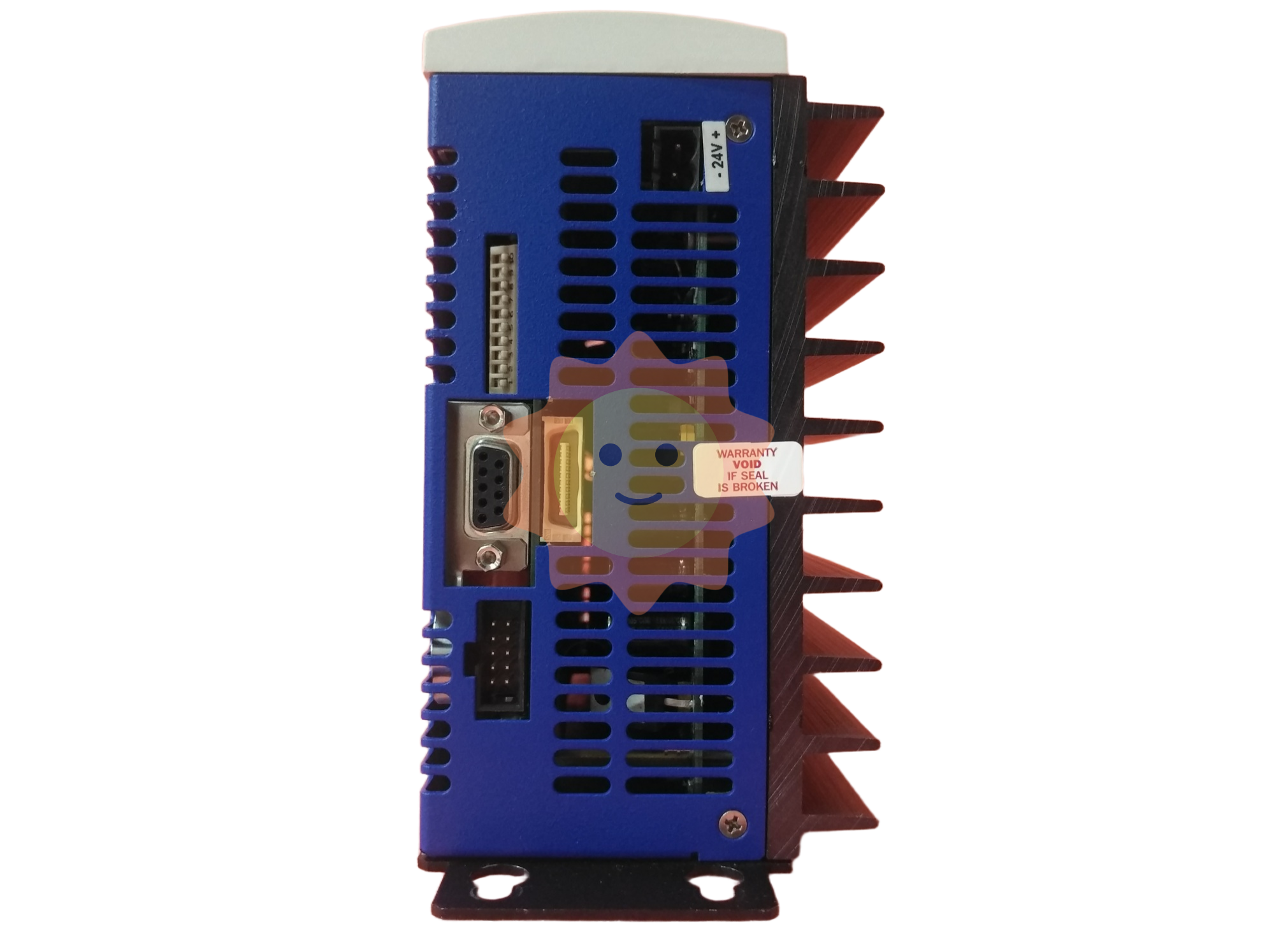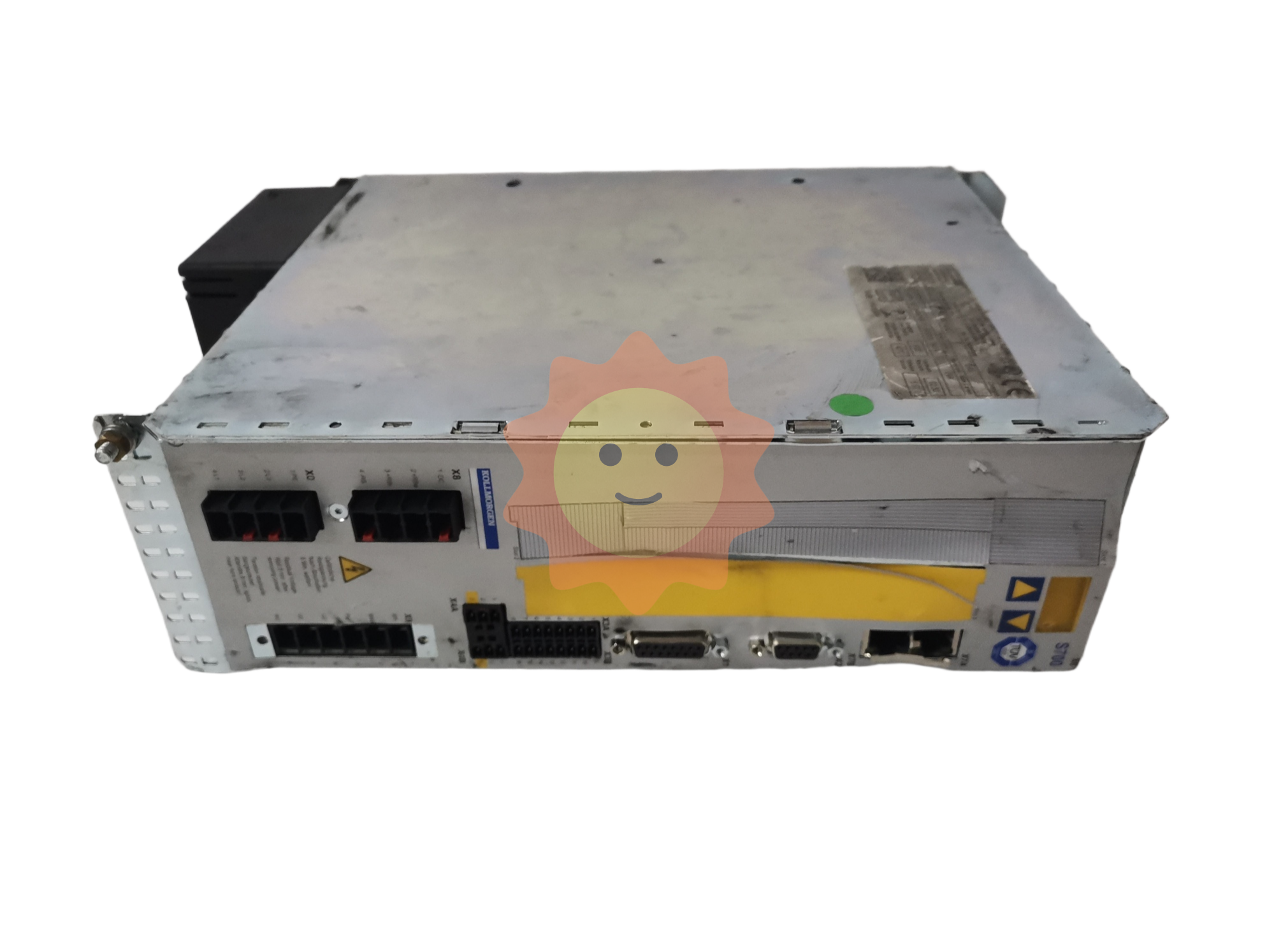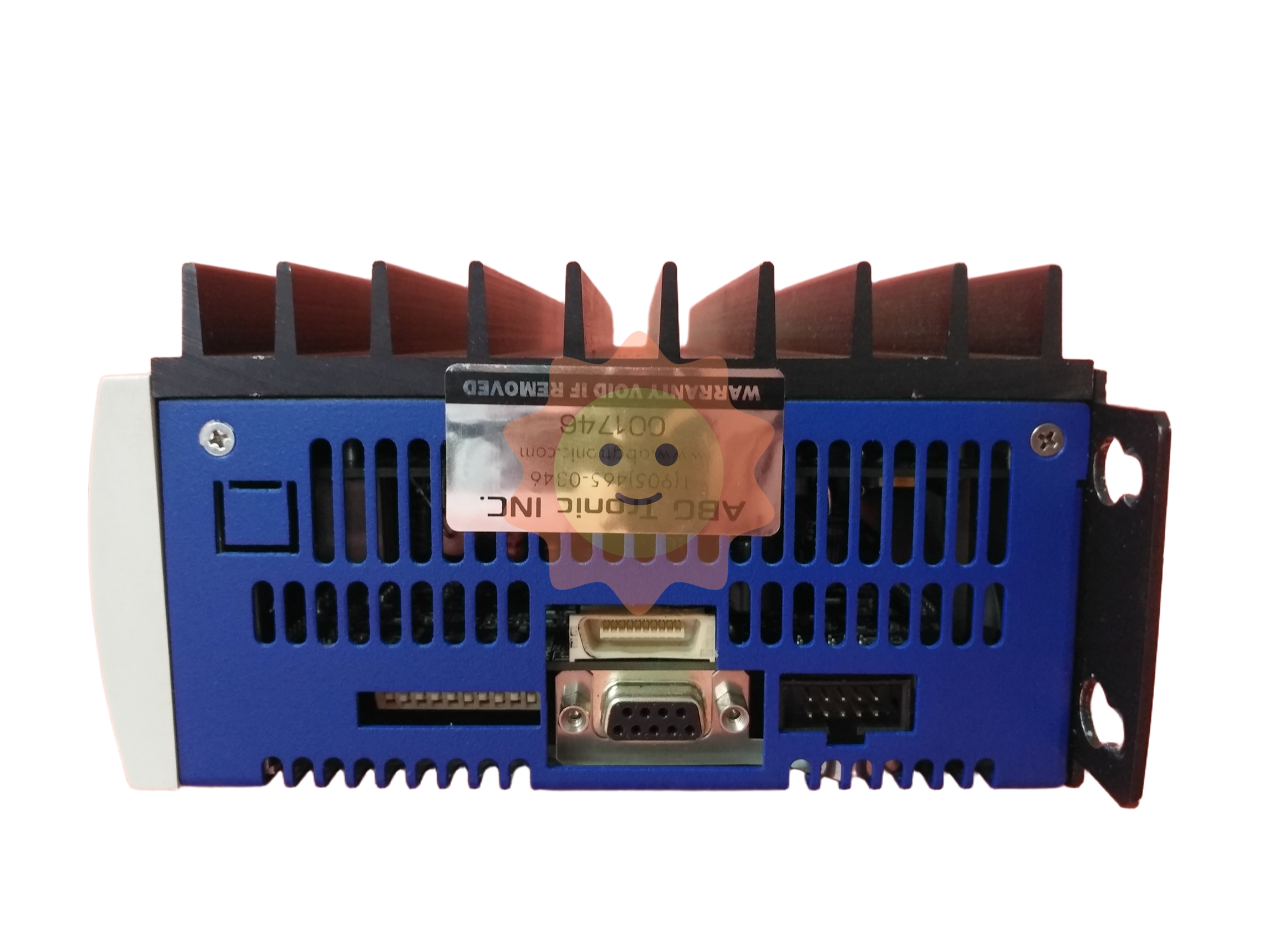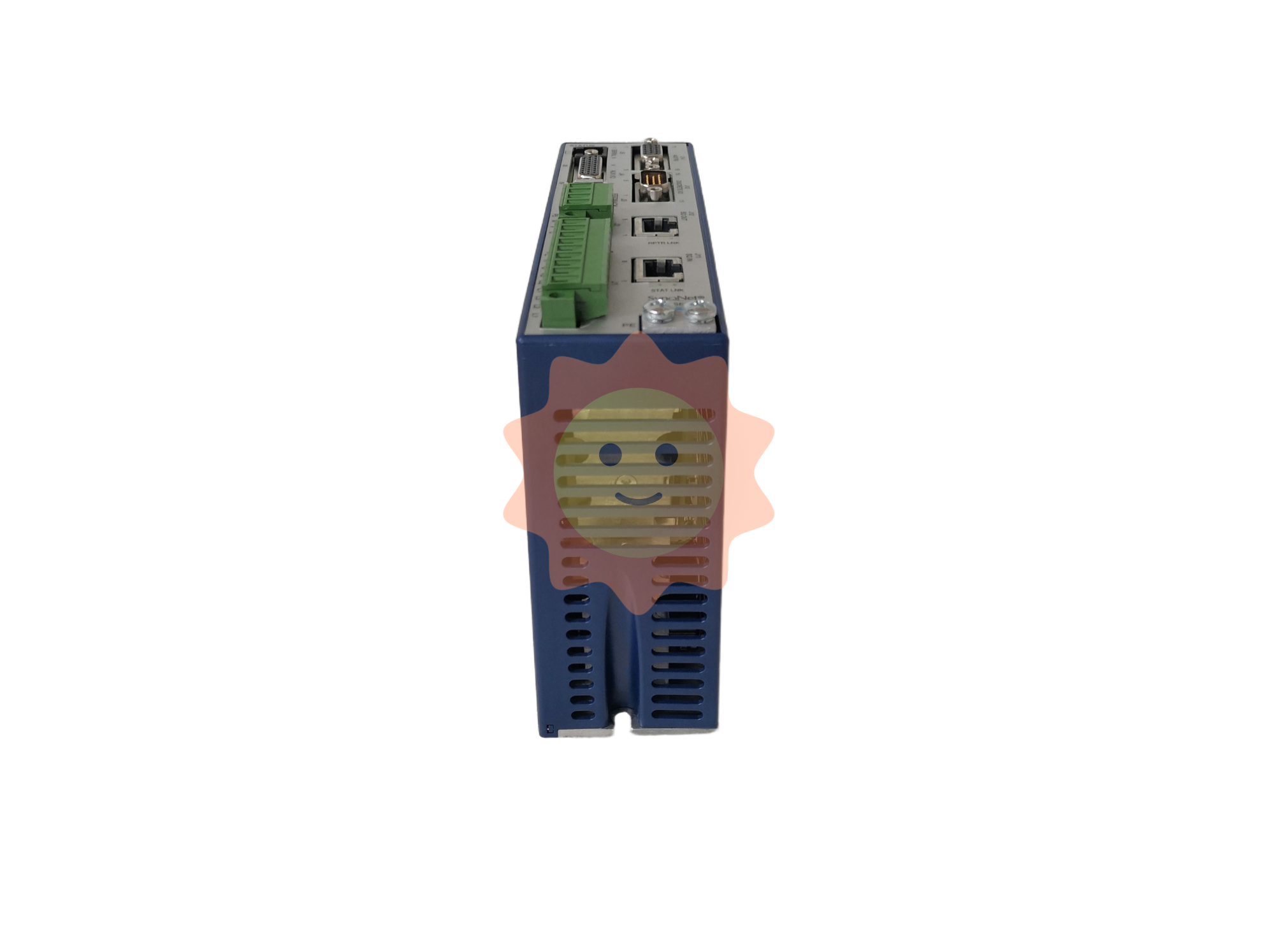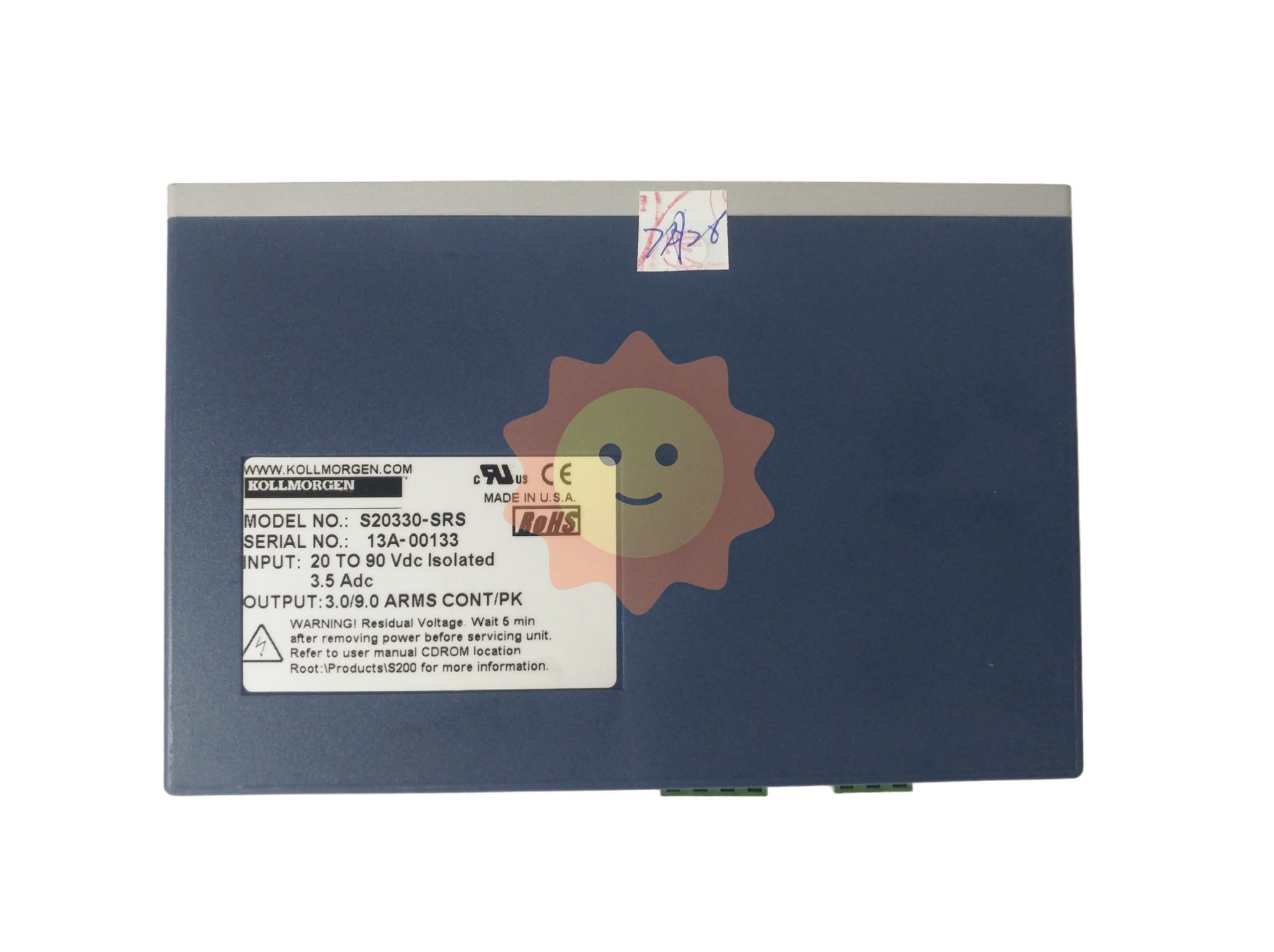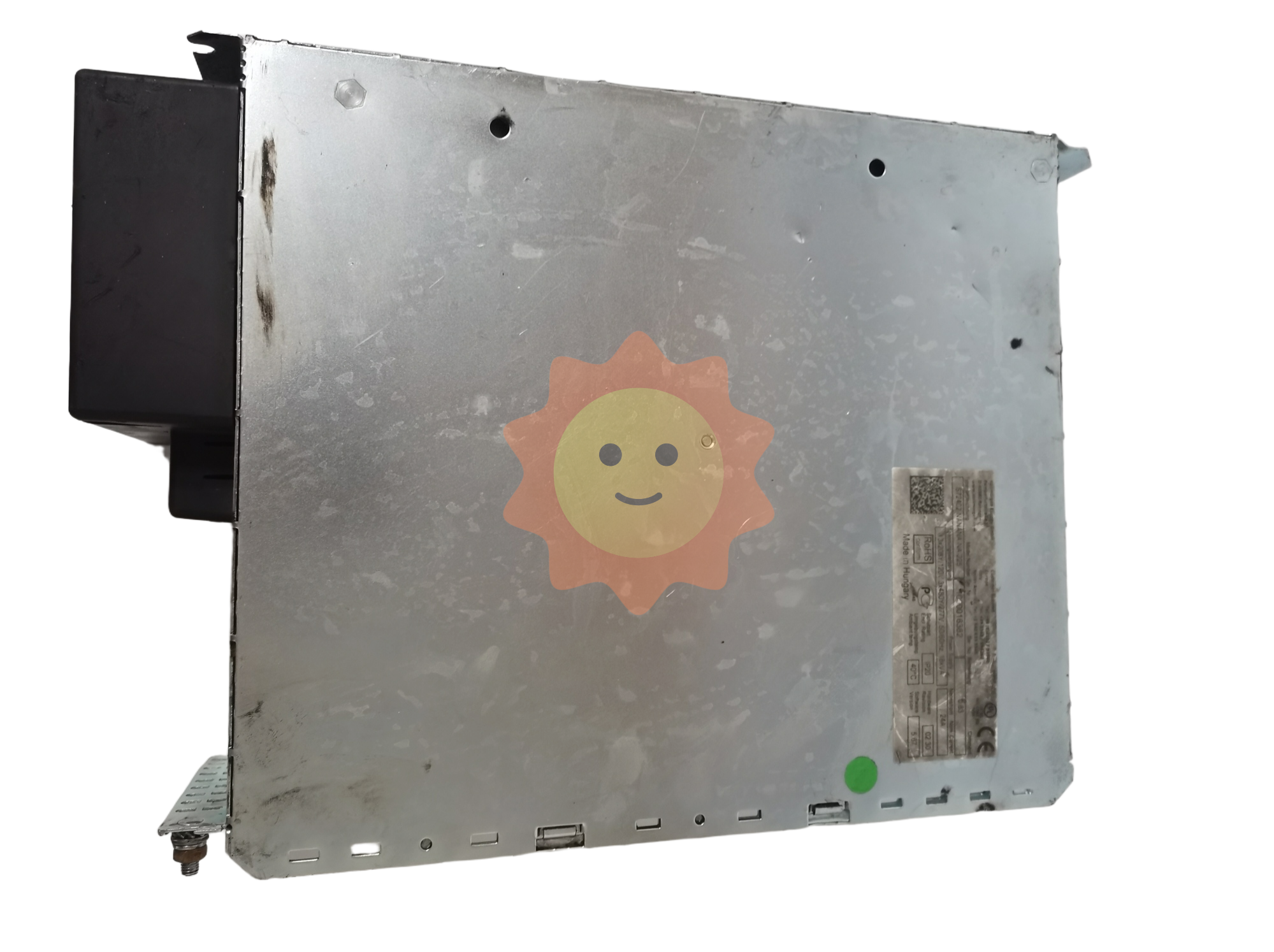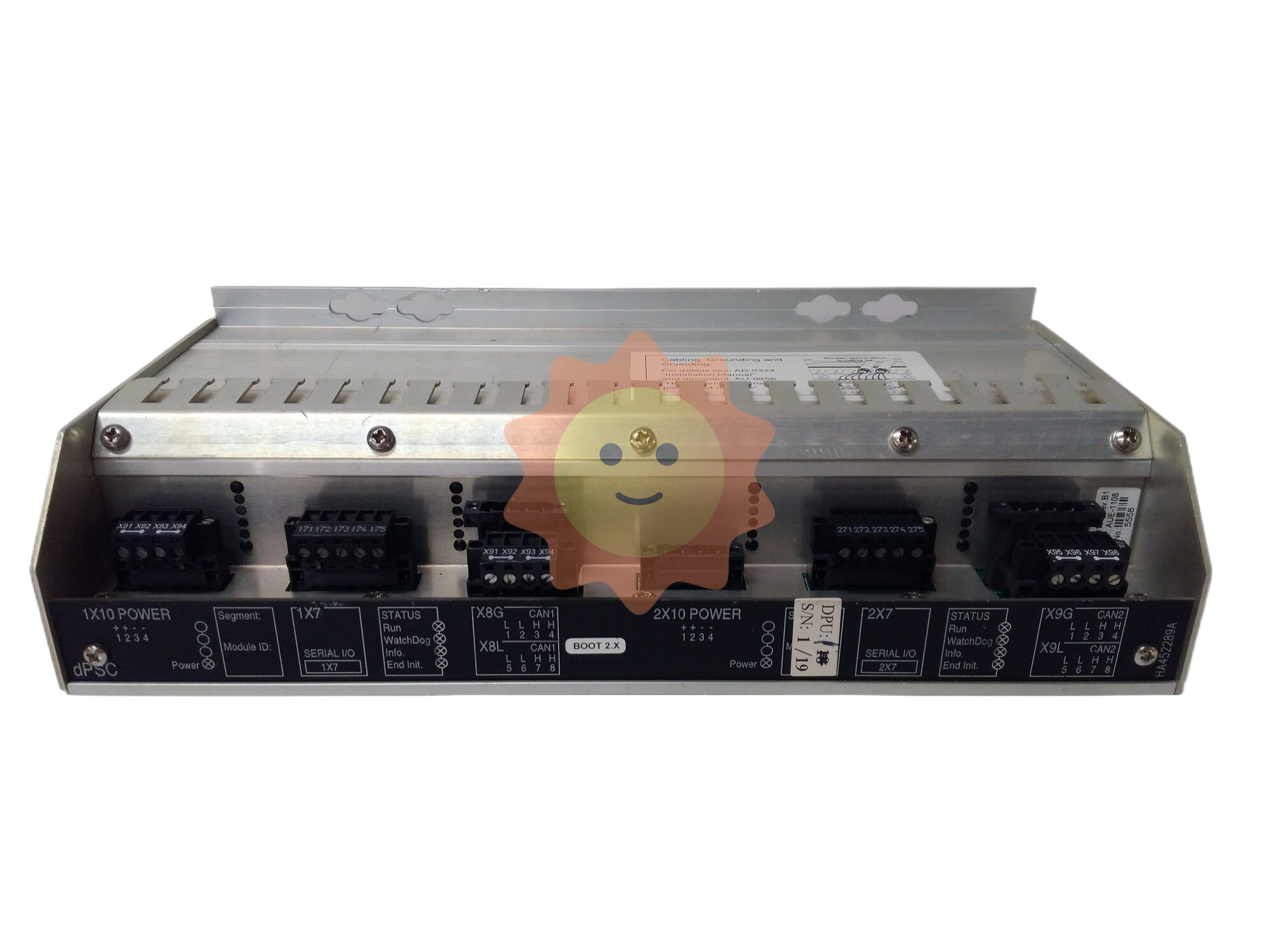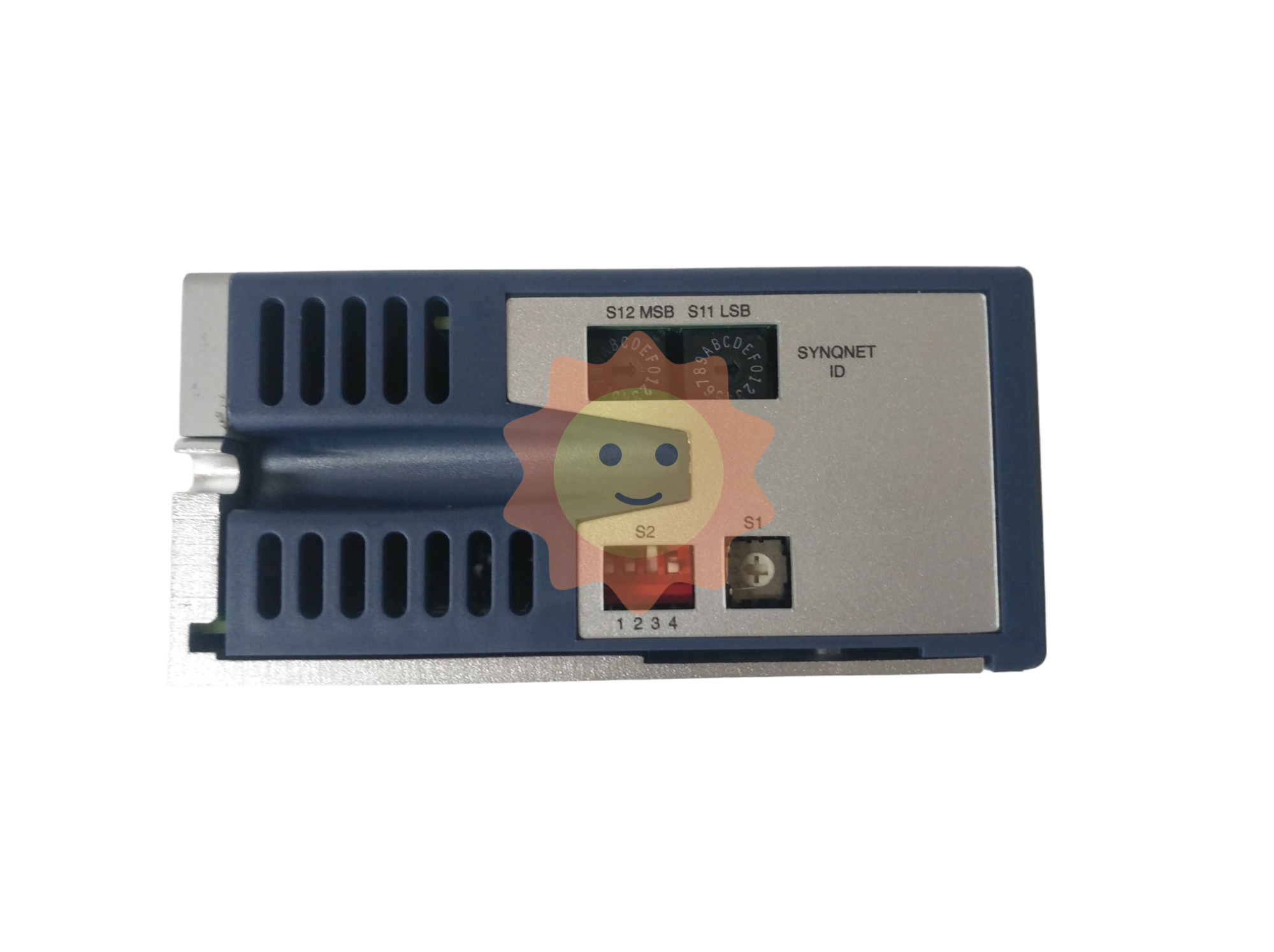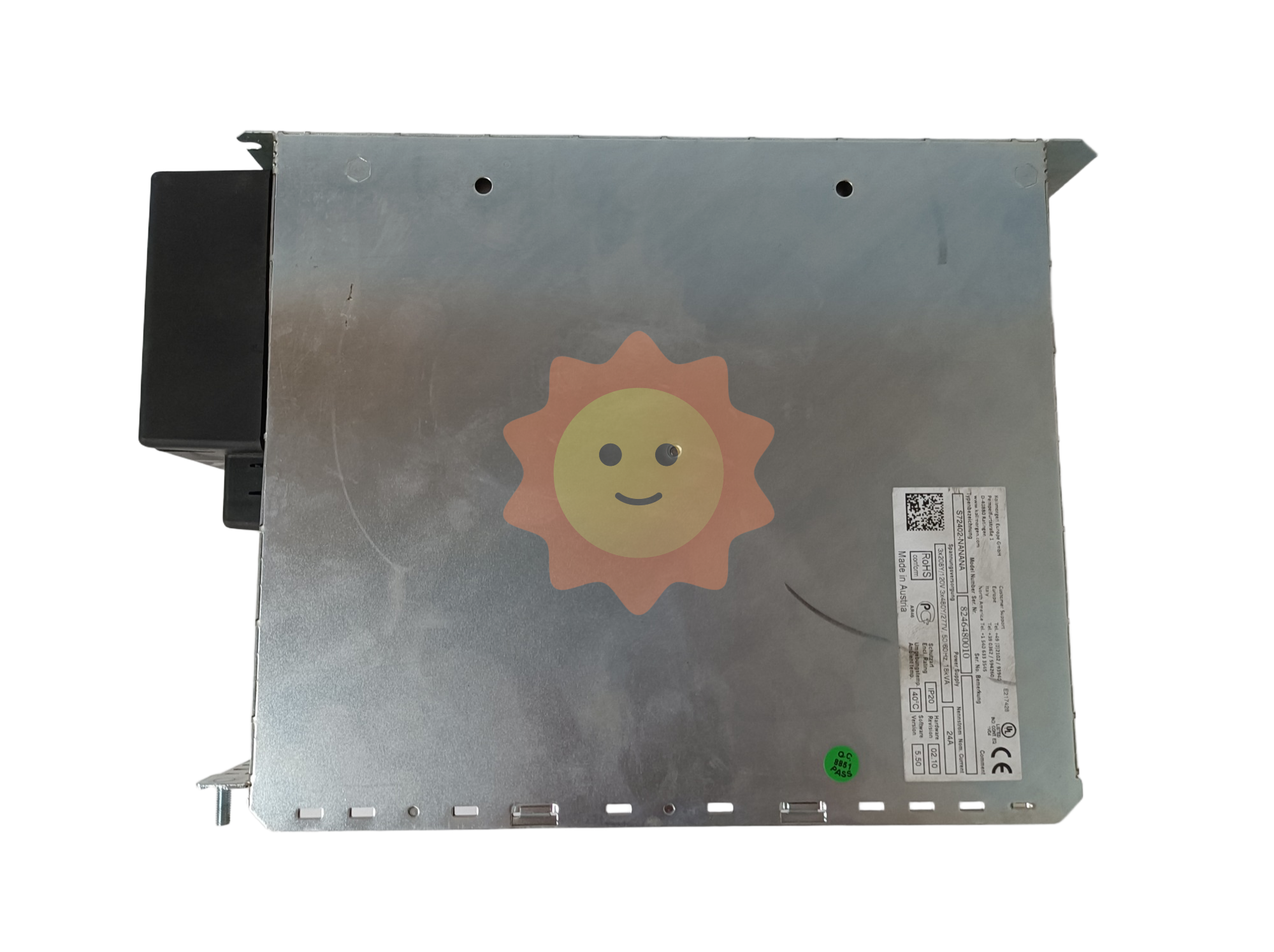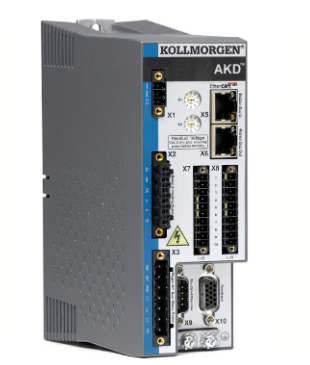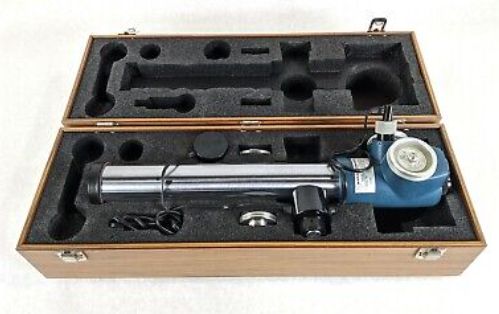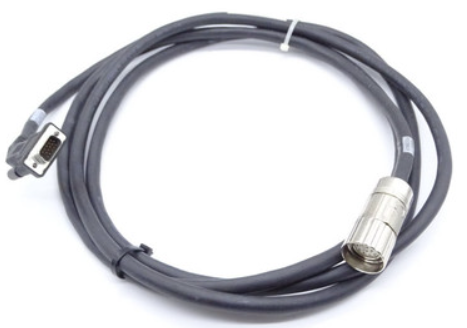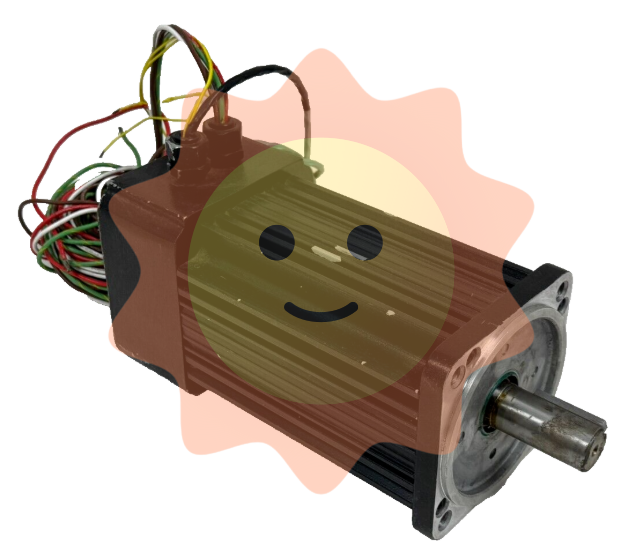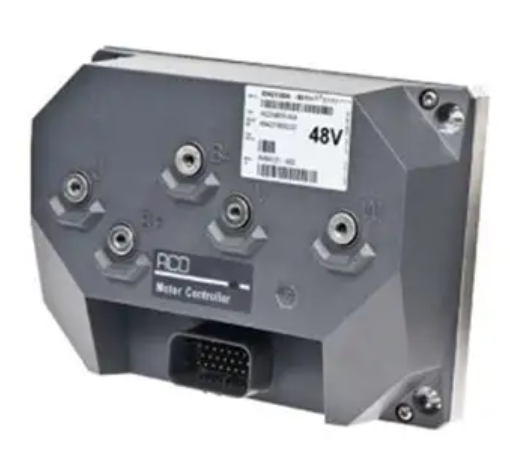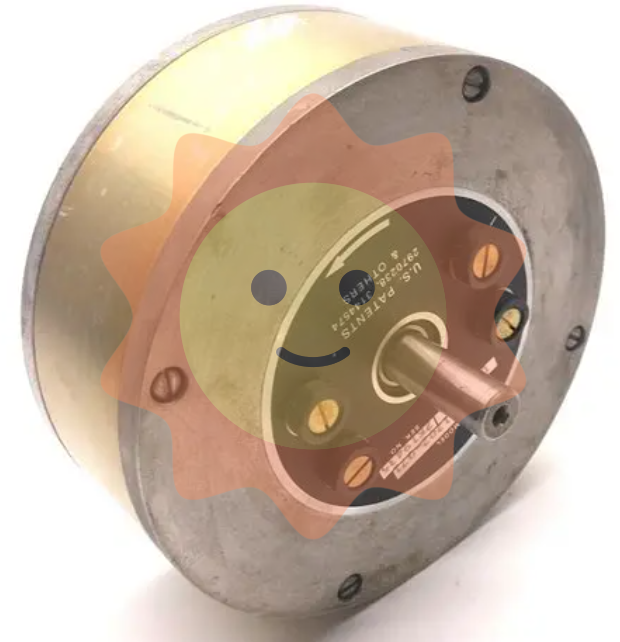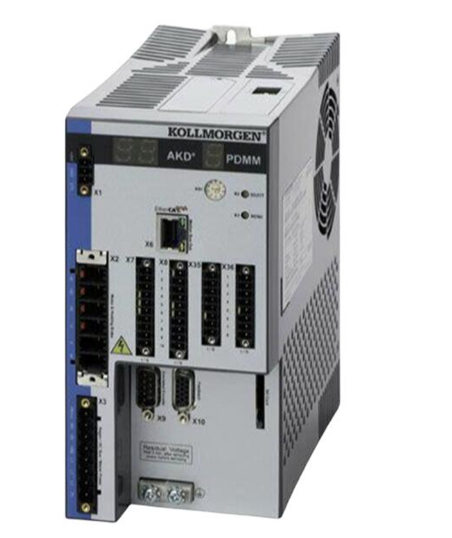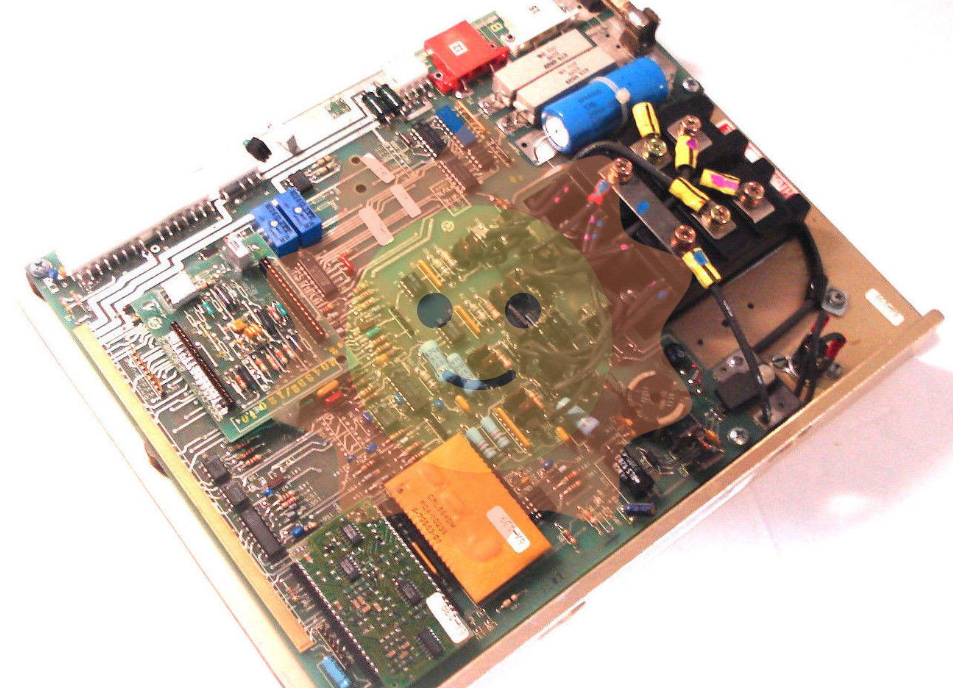Analysis of current situation and direction of temperature difference energy development
The first is the pipe material. In practice, to generate electricity on a meaningful scale, the surface and deep water must be circulated, and the pipeline must withstand enormous atmospheric pressure in the deep sea, the pressure of constantly oscillating ocean currents, and frequently changing water temperatures.
According to Marine experts, a 10-megawatt plant of this kind is expected to require a large pipe with a diameter of 13 feet. For a plant of 100 megawatts or more, it is expected to be 33 feet wide in diameter and extend 1,000 meters underwater, which is almost as wide as a New York City subway tunnel and two and a half times as tall as the Empire State Building.
Second, the pipeline must be produced on site. A 3,200-foot-long, 33-foot-wide pipe made in a factory, towed into the ocean by rail or barge, and sunk into the water is not only a transportation challenge, but also difficult to lift to the right Angle and sink to the right depth. Therefore, the platform needs to be built at sea first - able to withstand storms, ocean currents, etc. - and then the pipeline is manufactured on site.
Third, the flow and circulation of water in the deep-sea field, and the construction of large-scale facilities, will inevitably affect the Marine ecological environment, such as the risk of Marine life being sucked into the pipeline.
The advantages and disadvantages of temperature difference power generatio

Advantages: 1. There is no need for mechanical moving parts in the conversion process, no need for additional drive and transmission system, so the structure is compact, no vibration and noise. 2. In the presence of a small temperature difference, the heat energy can be directly converted into electricity, and the heat energy can be used in a wide temperature range (300K-1400K) by selecting the right type of semiconductor material. 3. Easy installation and use, easy control and maintenance, long-term maintenance free work. Small size, light weight, making it easy to carry, transport and maintenance. 4. Safe and pollution-free, there is no gaseous or liquid medium in thermoelectric materials, and there is no waste water, waste gas and other pollutants discharged in the energy transformation process, which is a near-zero emission energy material.
Disadvantages: The biggest difficulty is that the temperature difference is too small, the energy density is too low, the key to the temperature difference energy conversion is to strengthen heat and mass transfer technology, low power generation efficiency, currently generally not higher than 40%.
outlook
The research direction of future power generation technology is to find materials with higher thermoelectric advantages in a larger range, and improve efficiency under the most matched conditions. Due to its unique advantages, temperature difference power generation technology has shown a good application prospect in the aerospace and military fields, and as a green and environmentally friendly power generation method, its application in the civilian field has also developed rapidly in recent years. Although due to materials, technology and other reasons, with development, temperature difference energy will give greater play to its advantages in low-grade energy utilization.
- EMERSON
- Honeywell
- CTI
- Rolls-Royce
- General Electric
- Woodward
- Yaskawa
- xYCOM
- Motorola
- Siemens
- Rockwell
- ABB
- B&R
- HIMA
- Construction site
- electricity
- Automobile market
- PLC
- DCS
- Motor drivers
- VSD
- Implications
- cement
- CO2
- CEM
- methane
- Artificial intelligence
- Titanic
- Solar energy
- Hydrogen fuel cell
- Hydrogen and fuel cells
- Hydrogen and oxygen fuel cells
- tyre
- Chemical fiber
- dynamo
- corpuscle
- Pulp and paper
- printing
- fossil
- FANUC
- Food and beverage
- Life science
- Sewage treatment
- Personal care
- electricity
- boats
- infrastructure
- Automobile industry
- metallurgy
- Nuclear power generation
- Geothermal power generation
- Water and wastewater
- Infrastructure construction
- Mine hazard
- steel
- papermaking
- Natural gas industry
- Infrastructure construction
- Power and energy
- Rubber and plastic
- Renewable energy
- pharmacy
- mining
- Plastic industry
- Schneider
- Kongsberg
- NI
- Wind energy
- International petroleum
- International new energy network
- gas
- WATLOW
- ProSoft
- SEW
- wind
- ADVANCED
- Reliance
- YOKOGAWA
- TRICONEX
- FOXBORO
- METSO
- MAN
- Advantest
- ADVANCED
- ALSTOM
- Control Wave
- AB
- AMAT
- STUDER
- KONGSBERG
- MOTOROLA
- DANAHER MOTION
- Bently
- Galil
- EATON
- MOLEX
- Triconex
- DEIF
- B&W
- ZYGO
- Aerotech
- DANFOSS
- KOLLMORGEN
- Beijer
- Endress+Hauser
- MOOG
- KB


Email:wang@kongjiangauto.com


